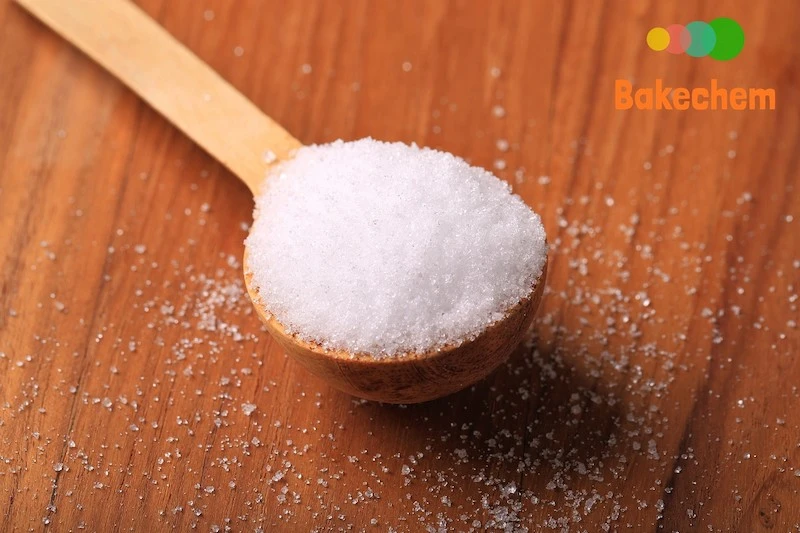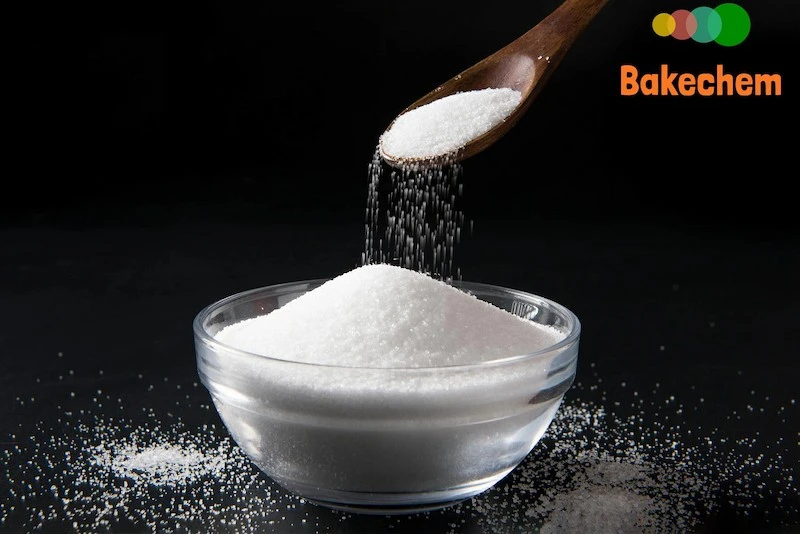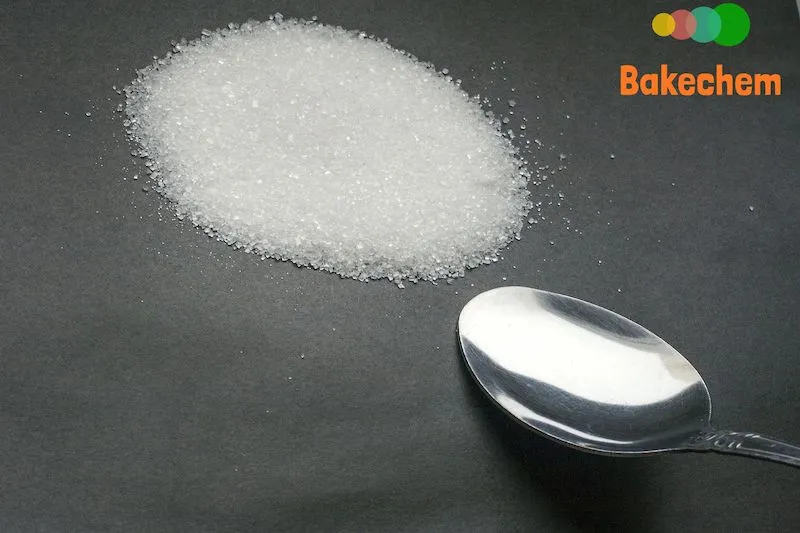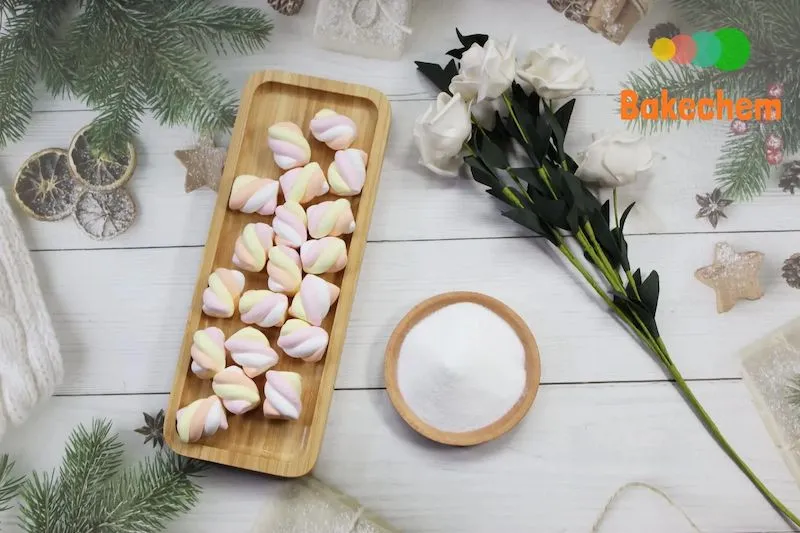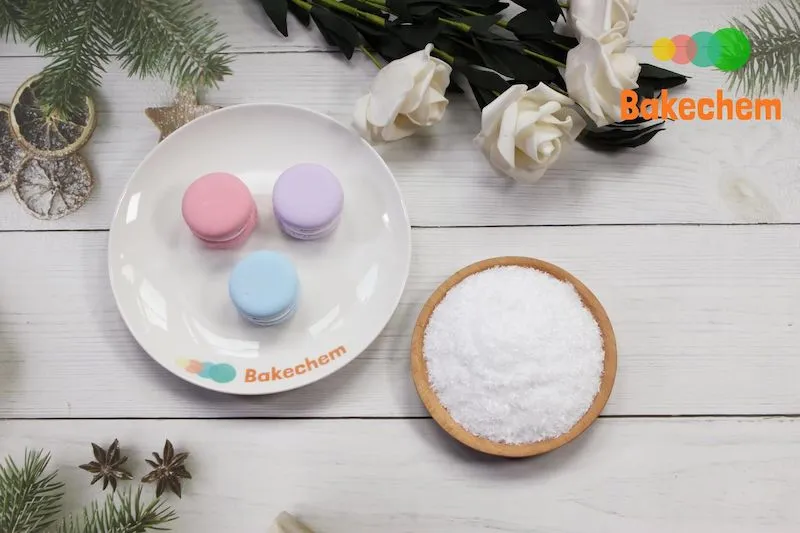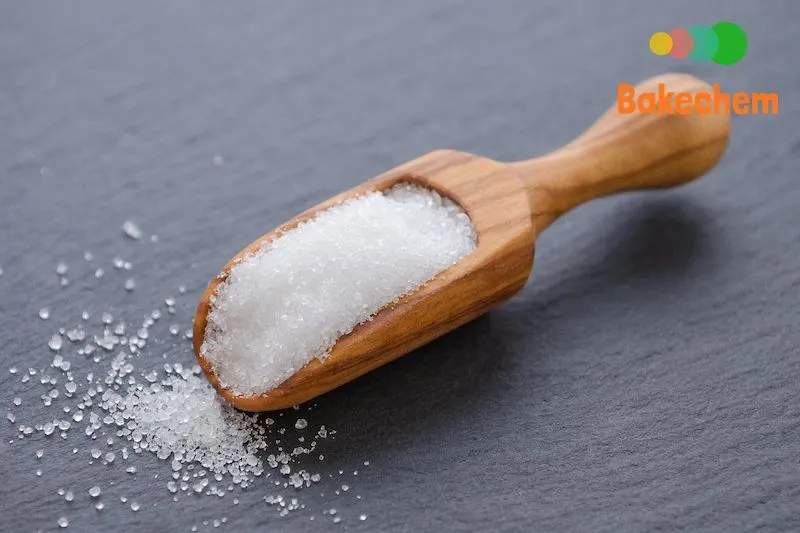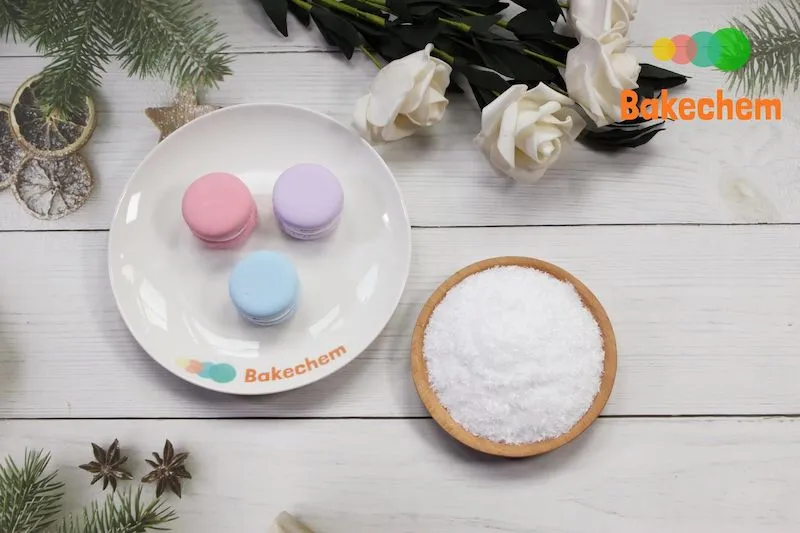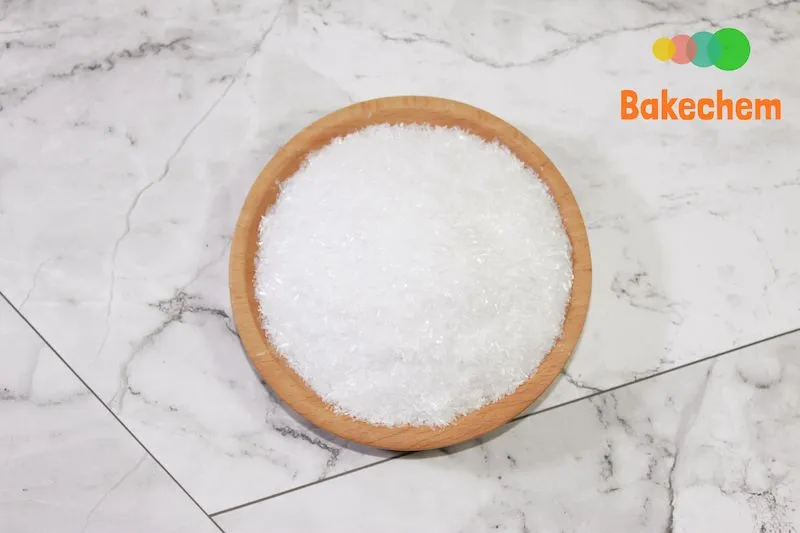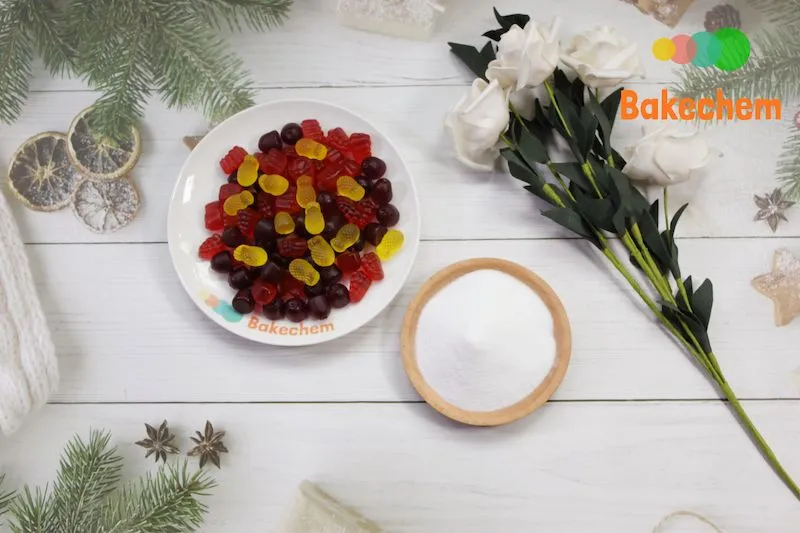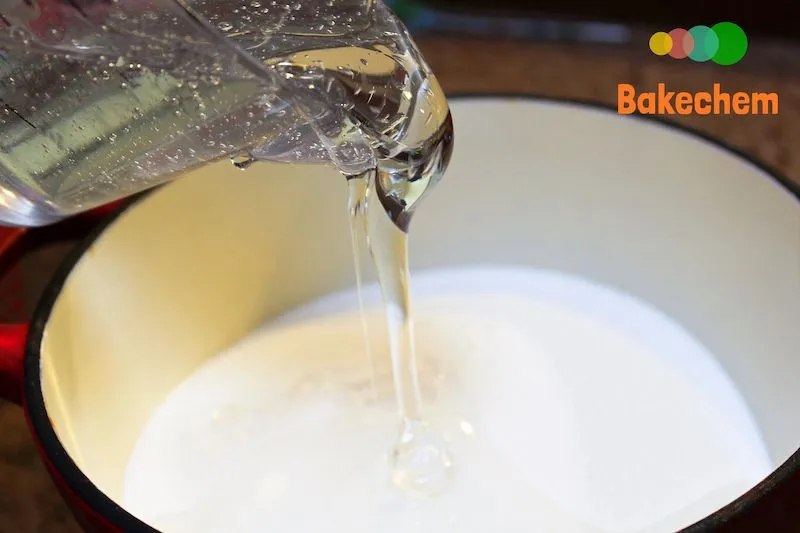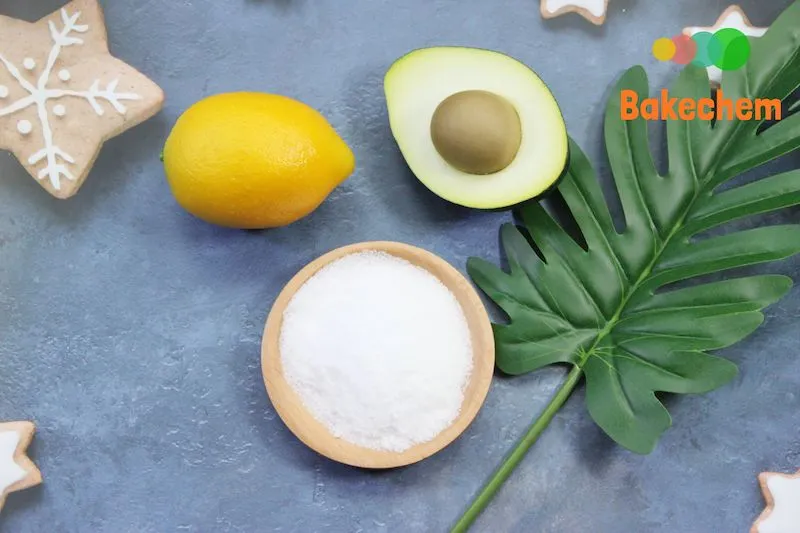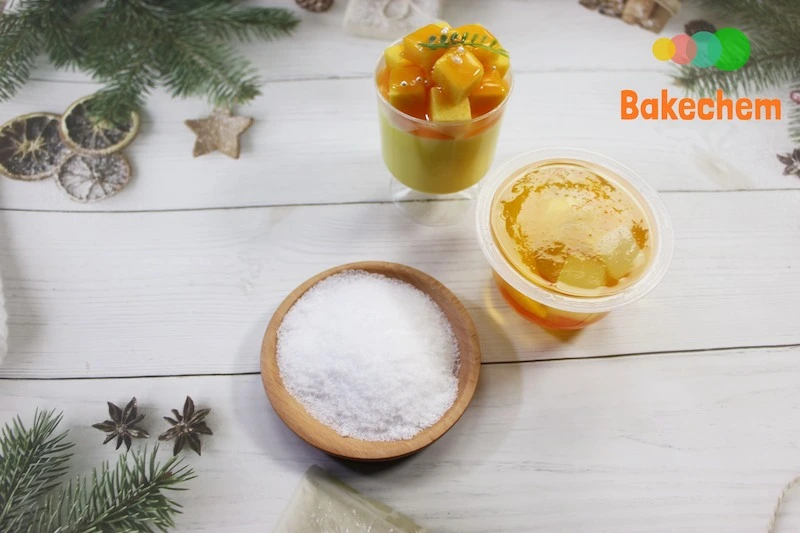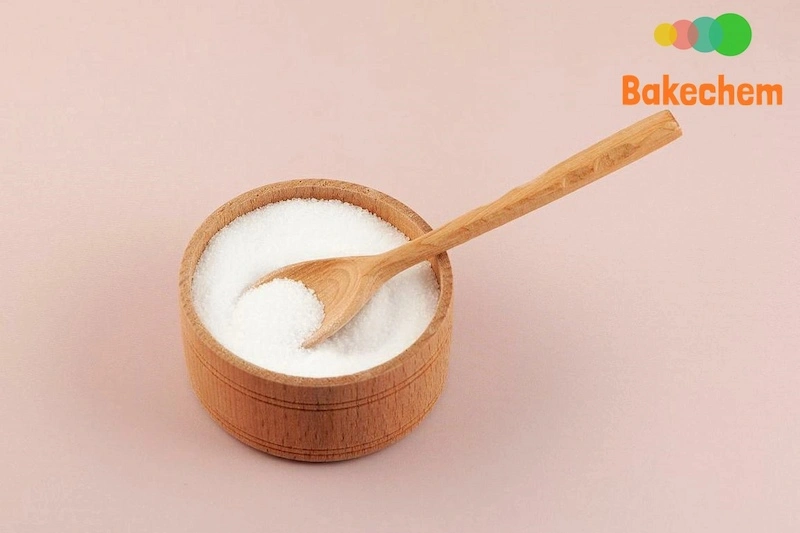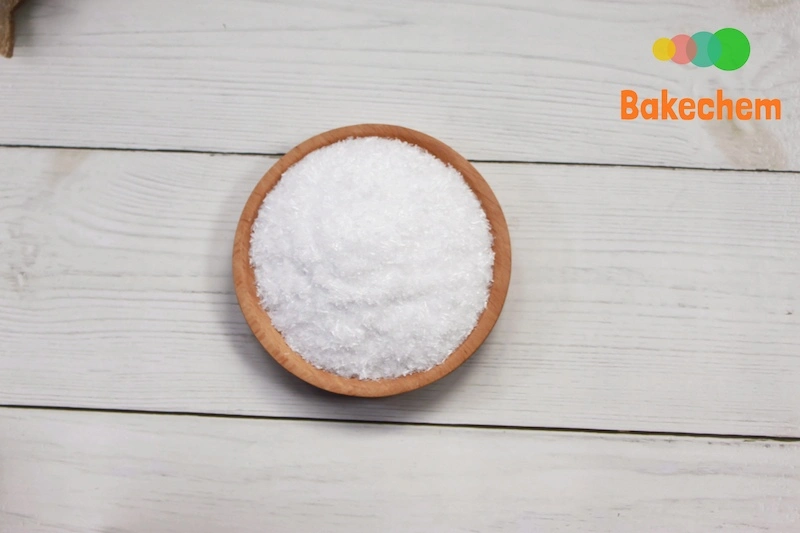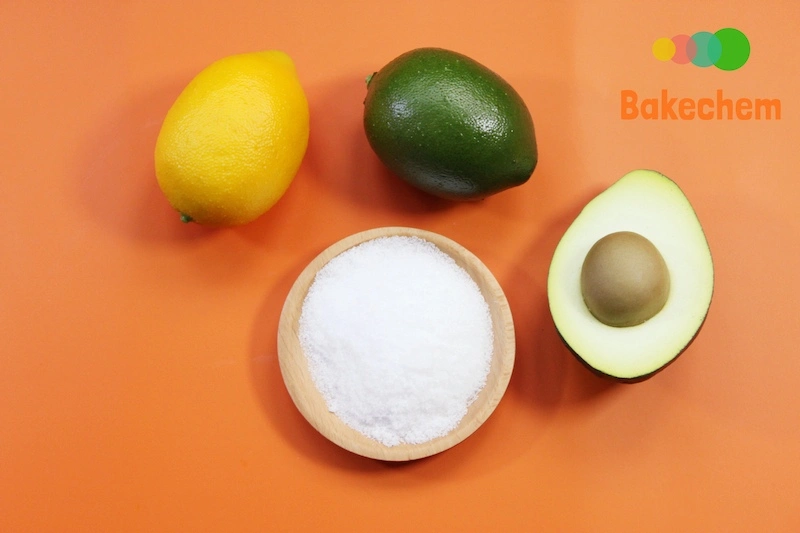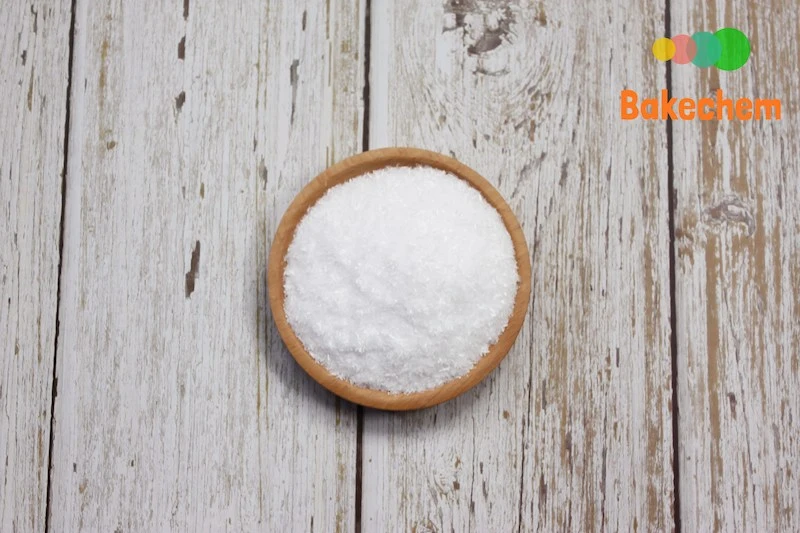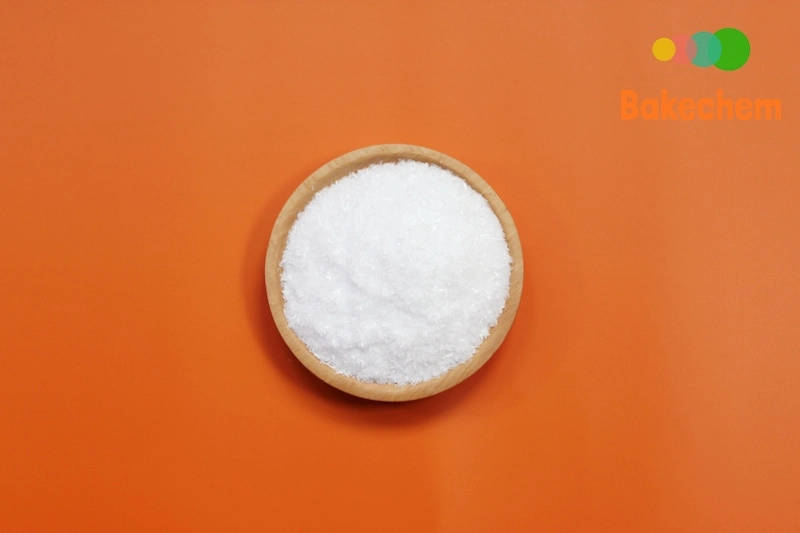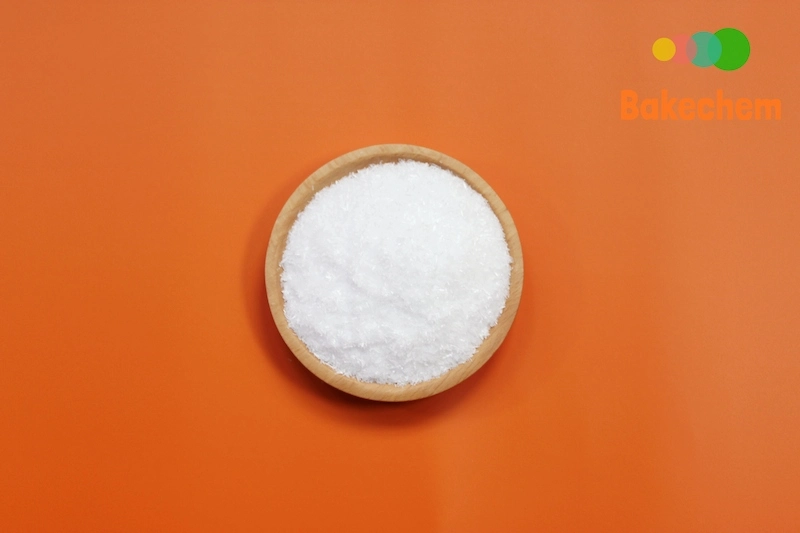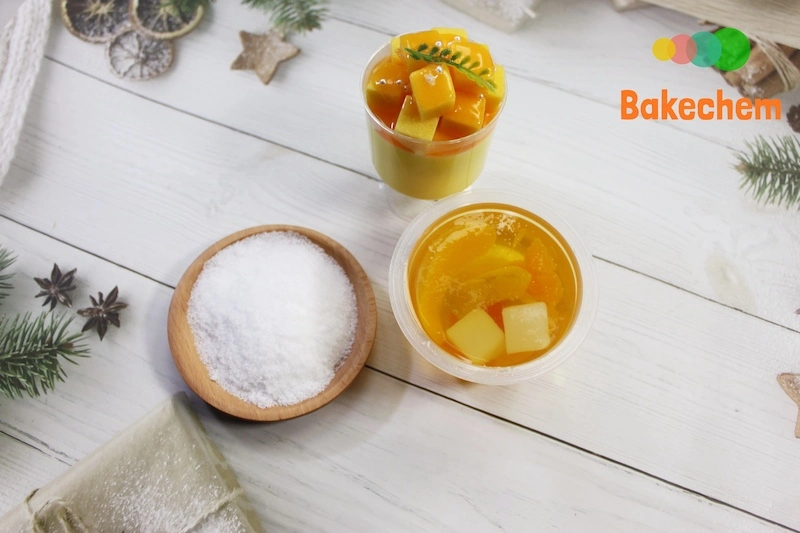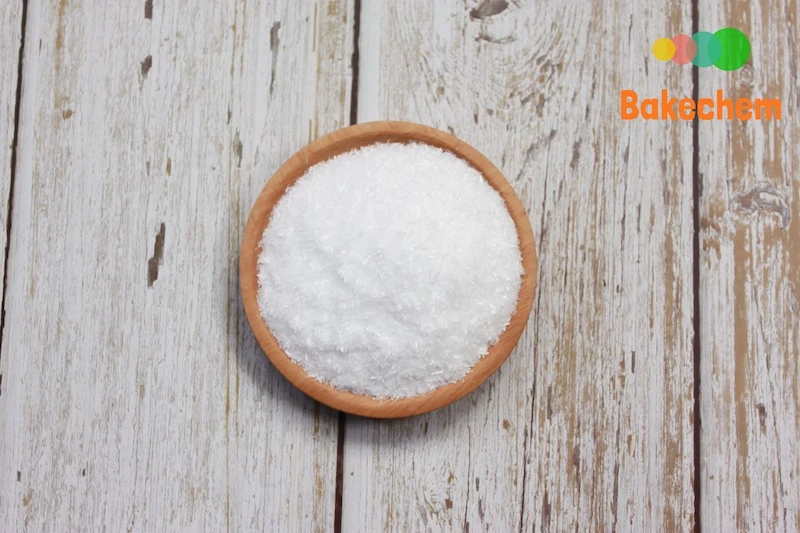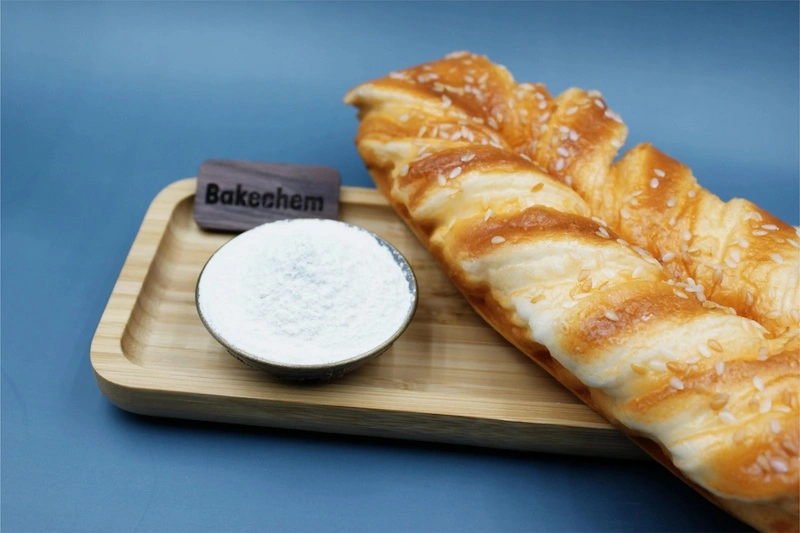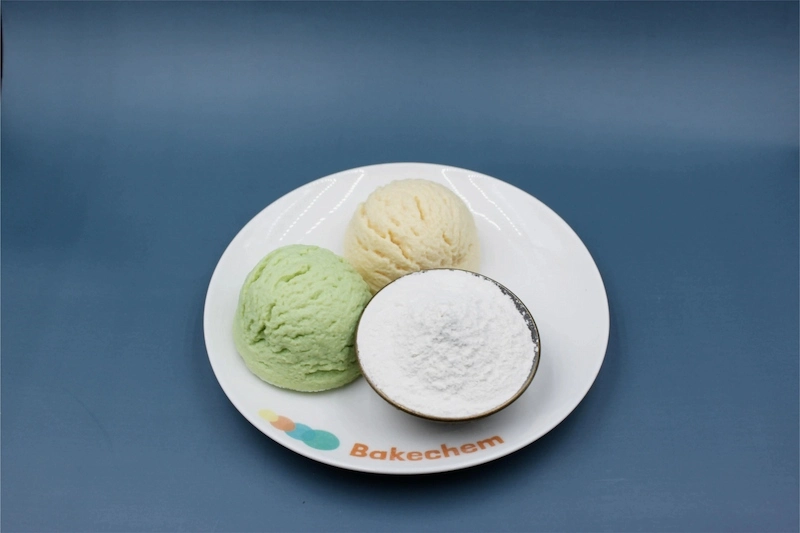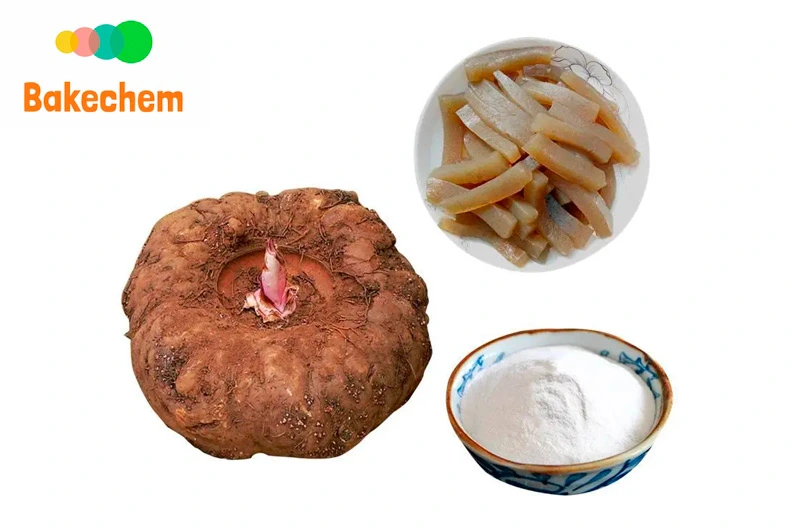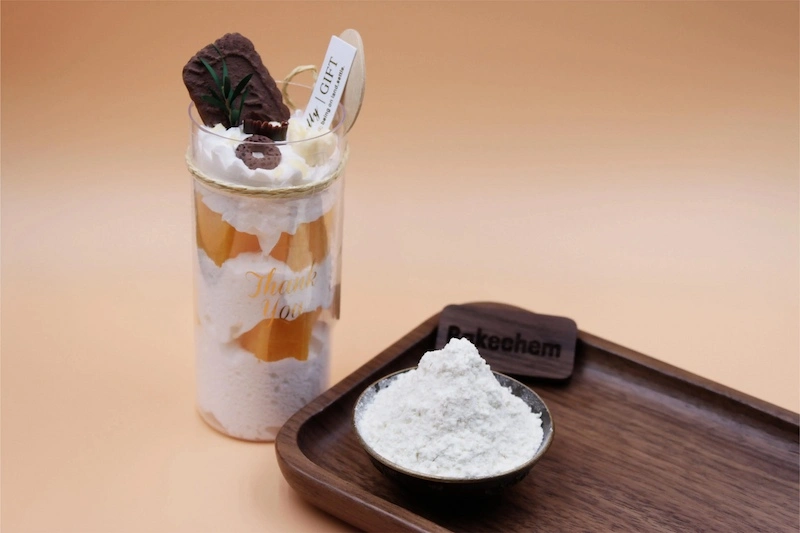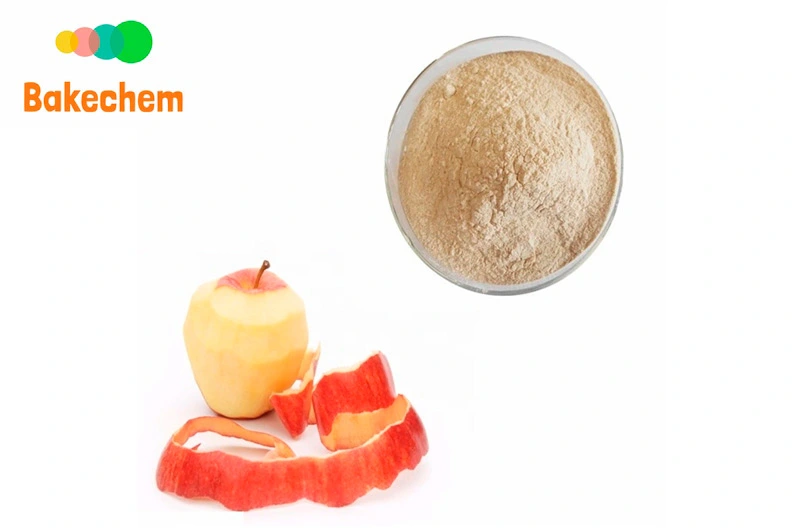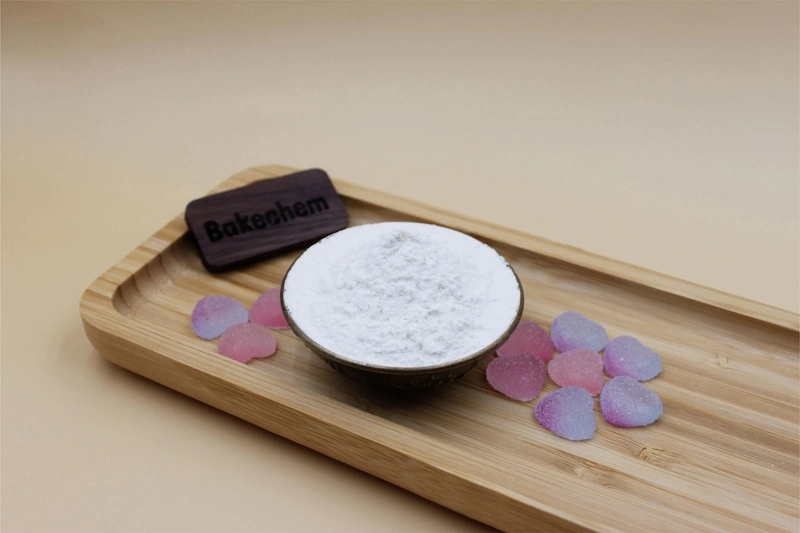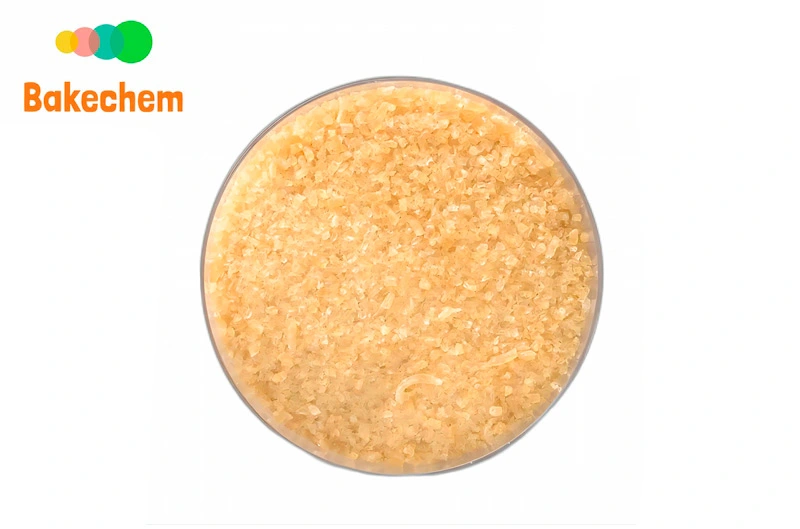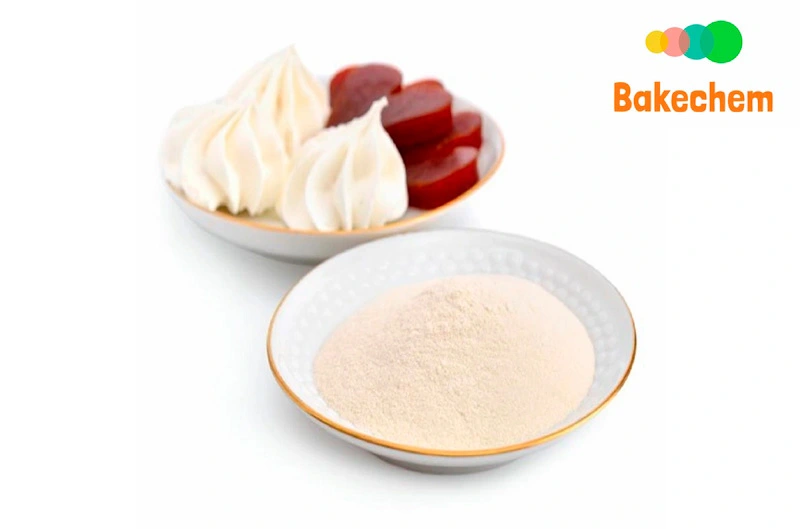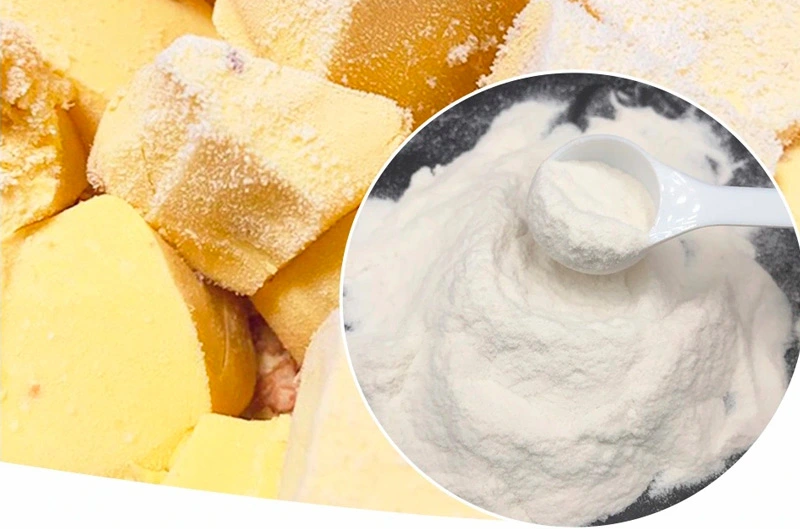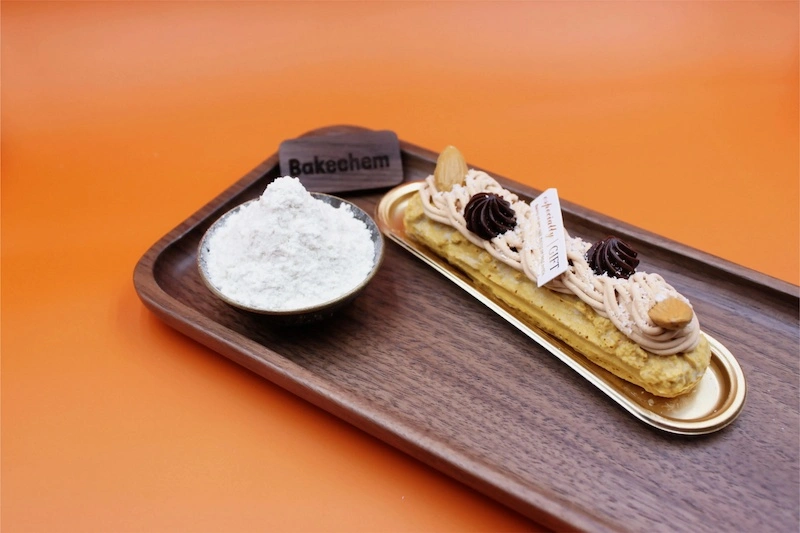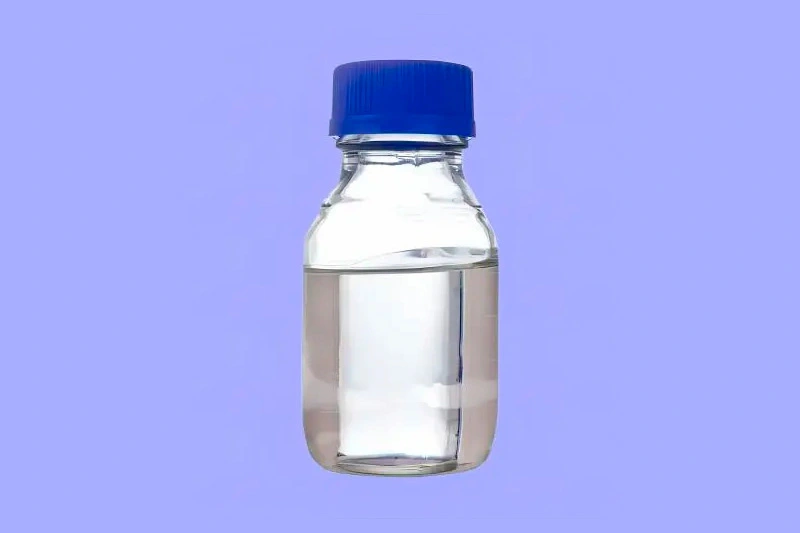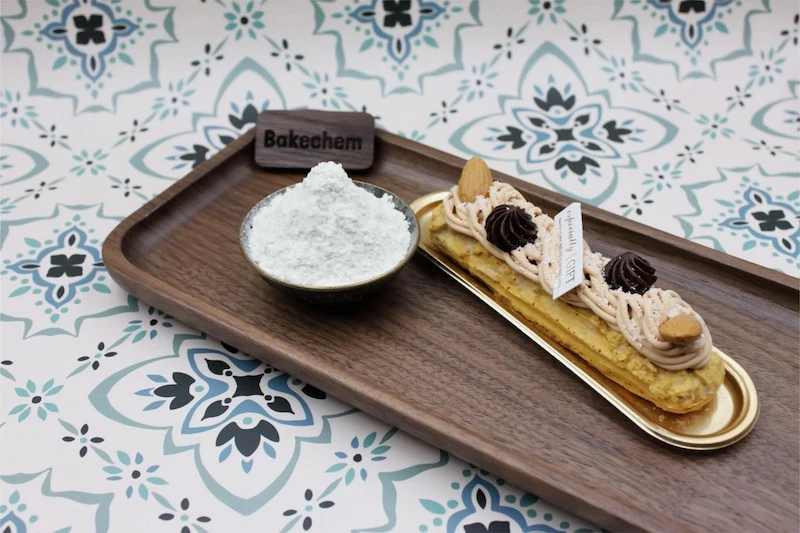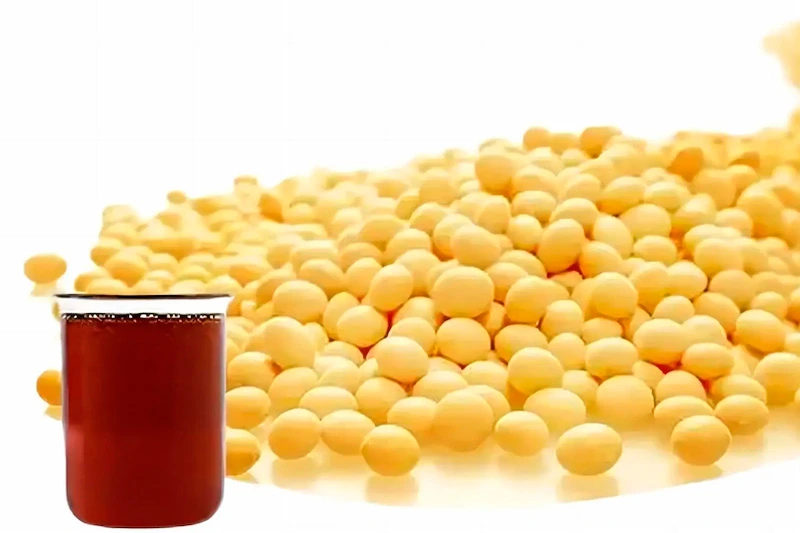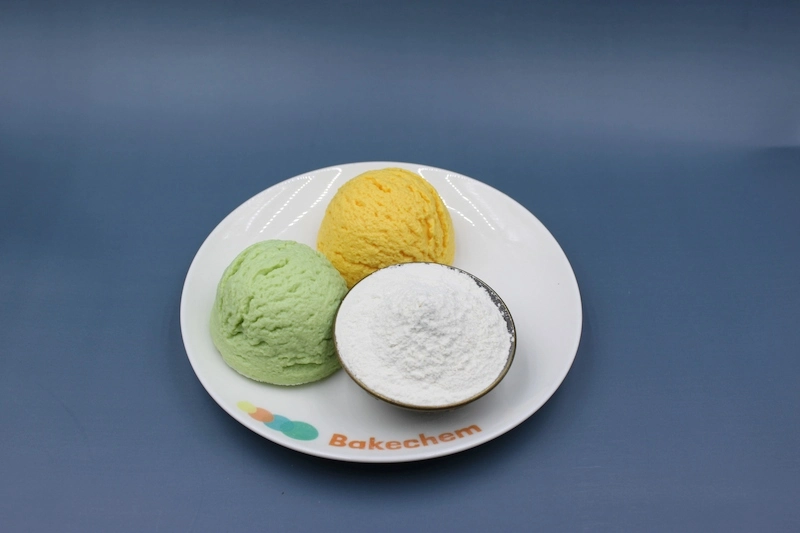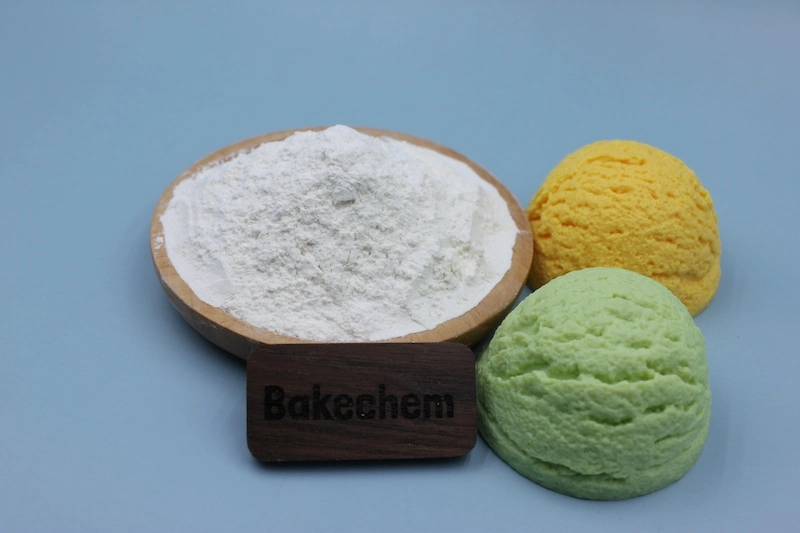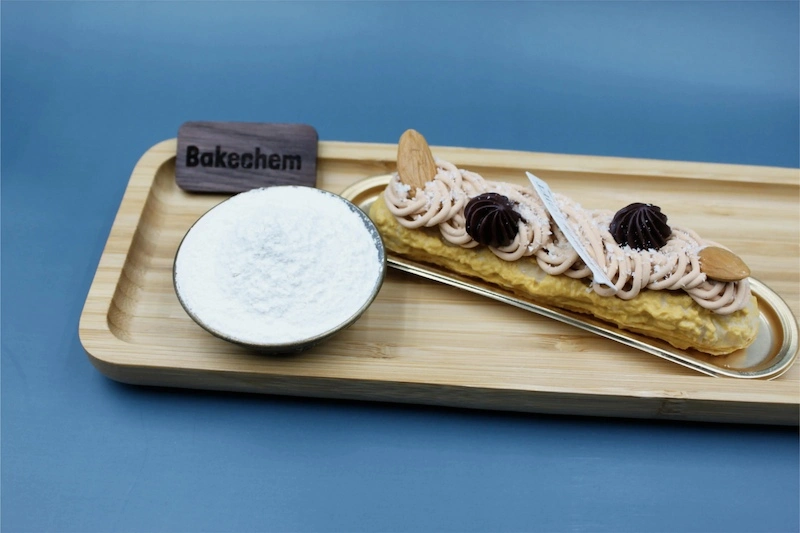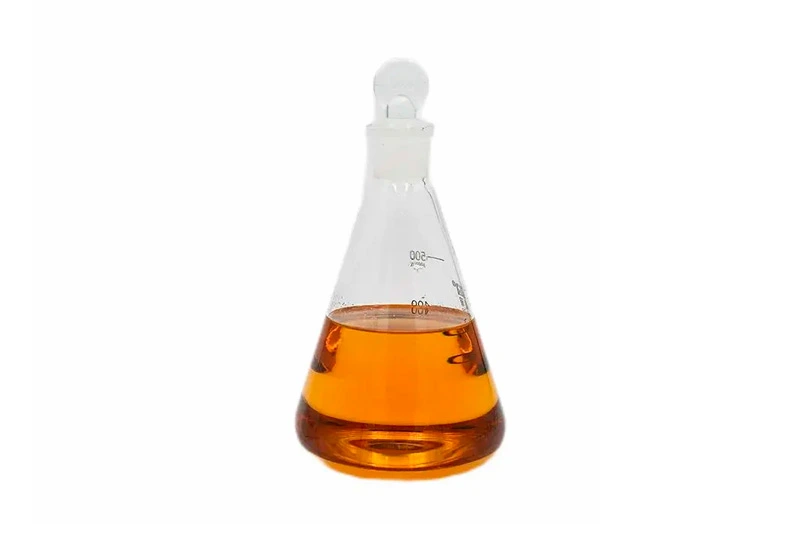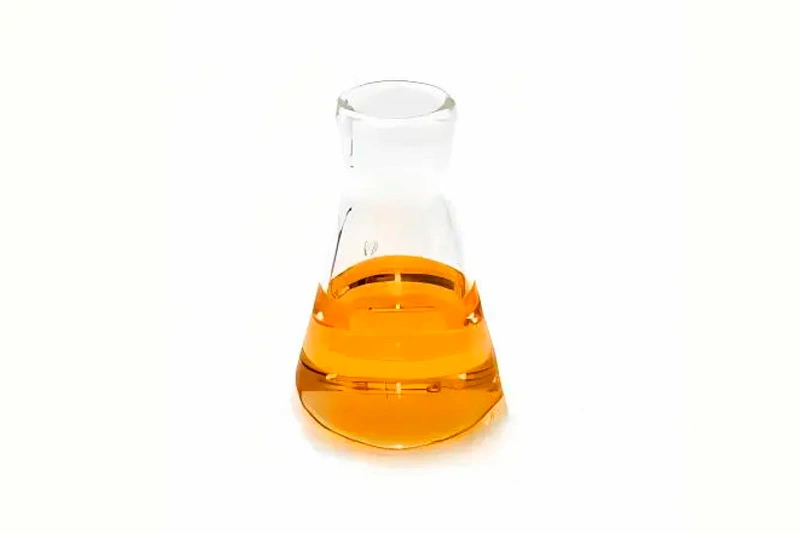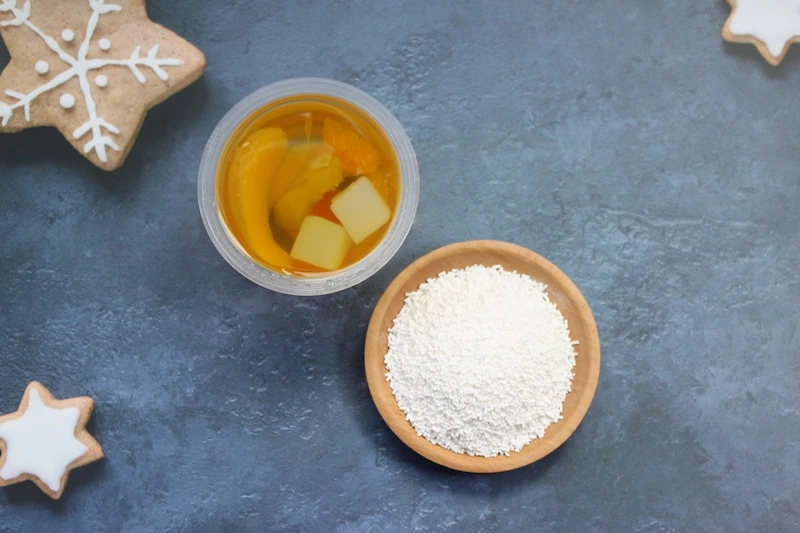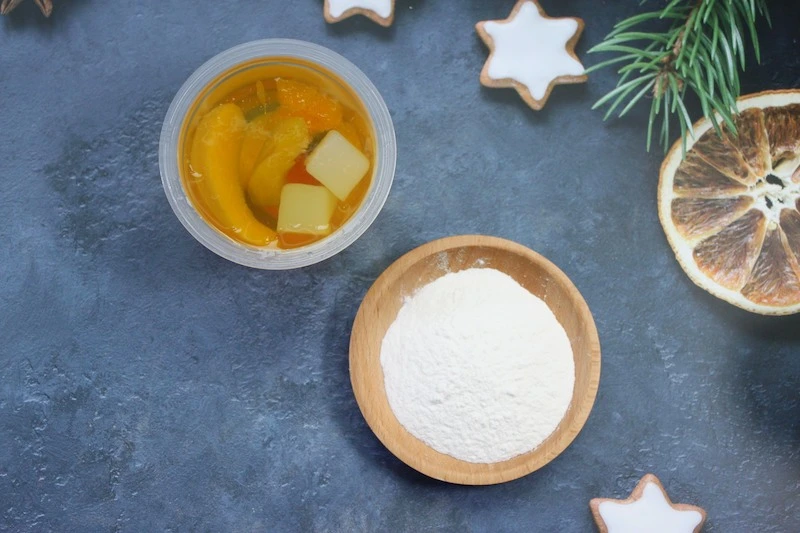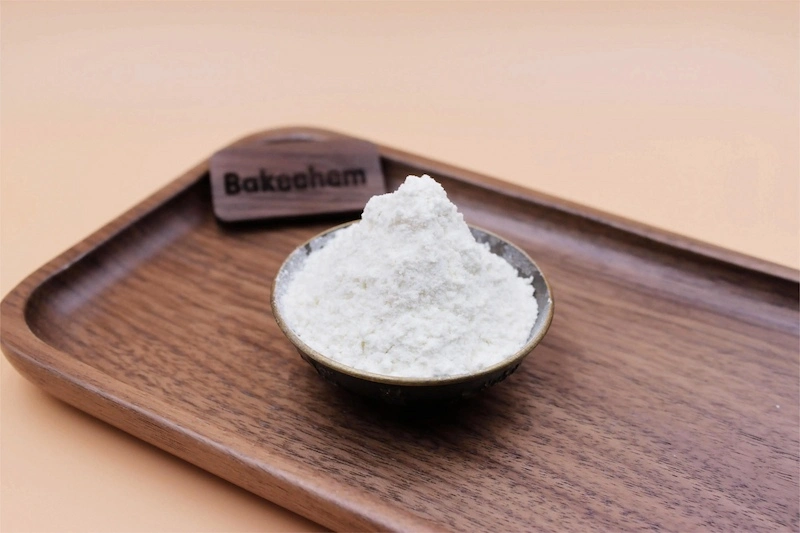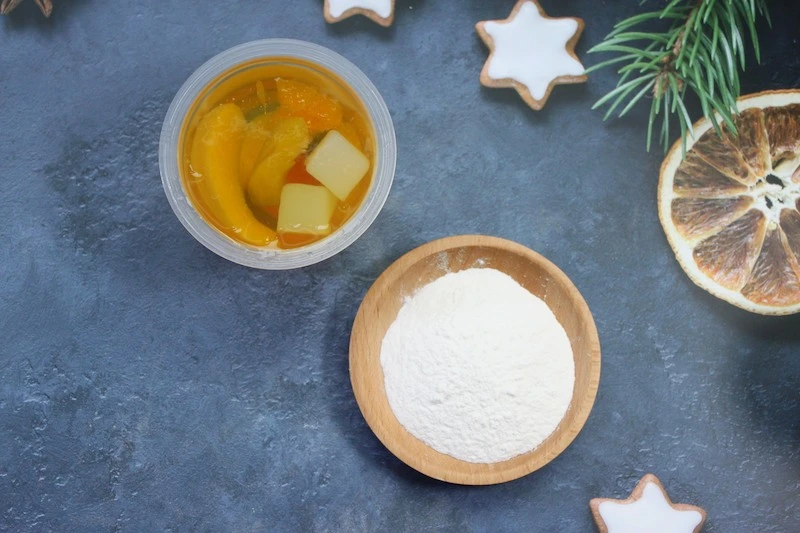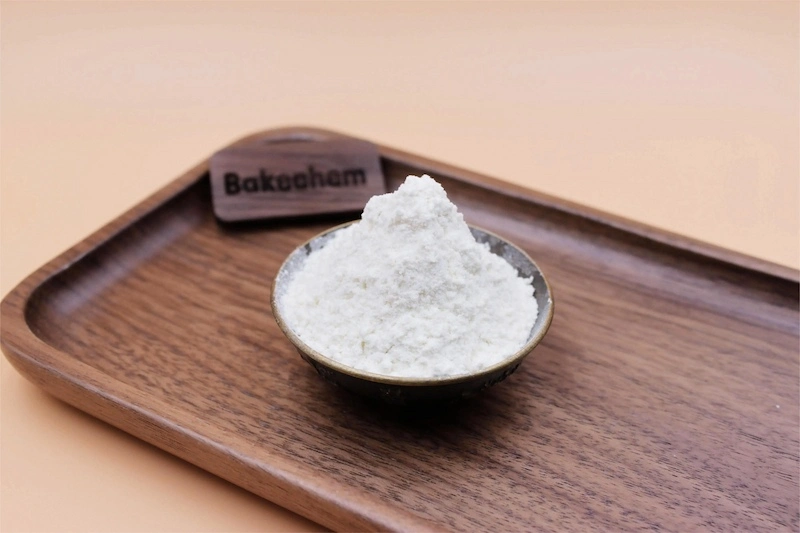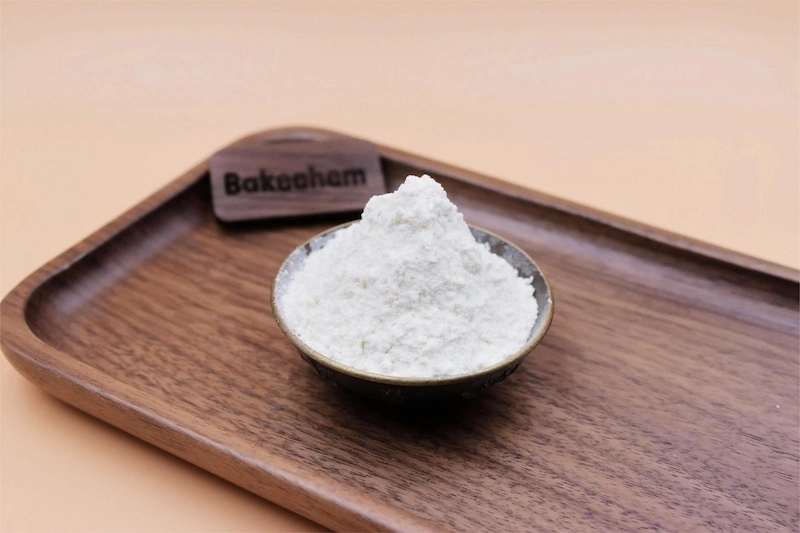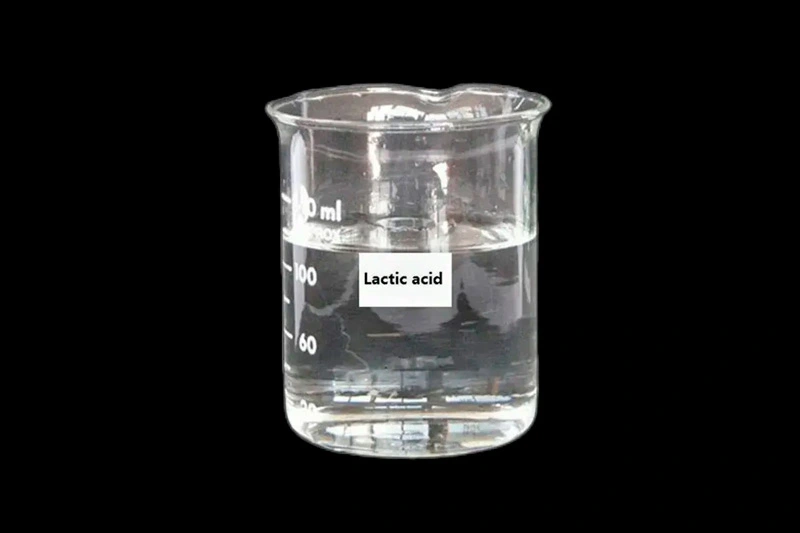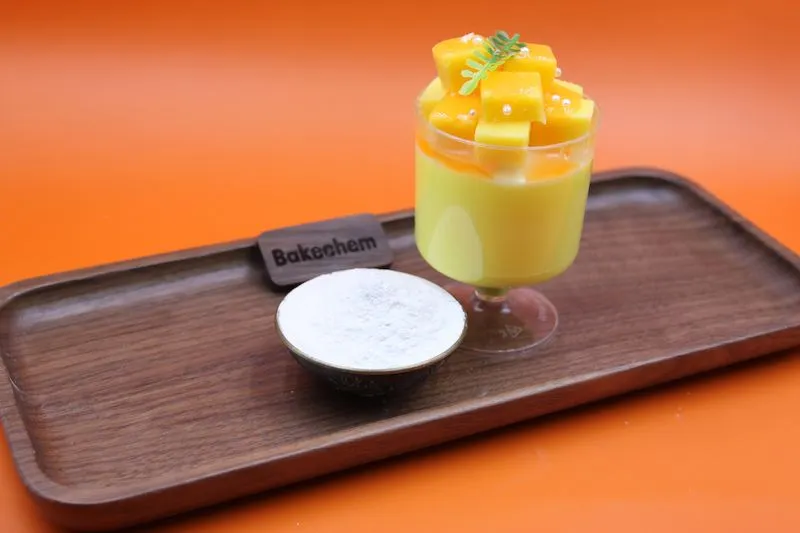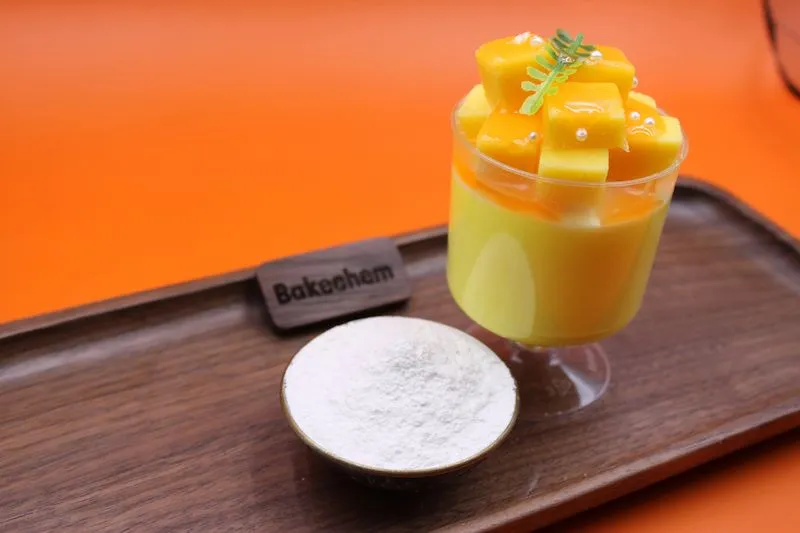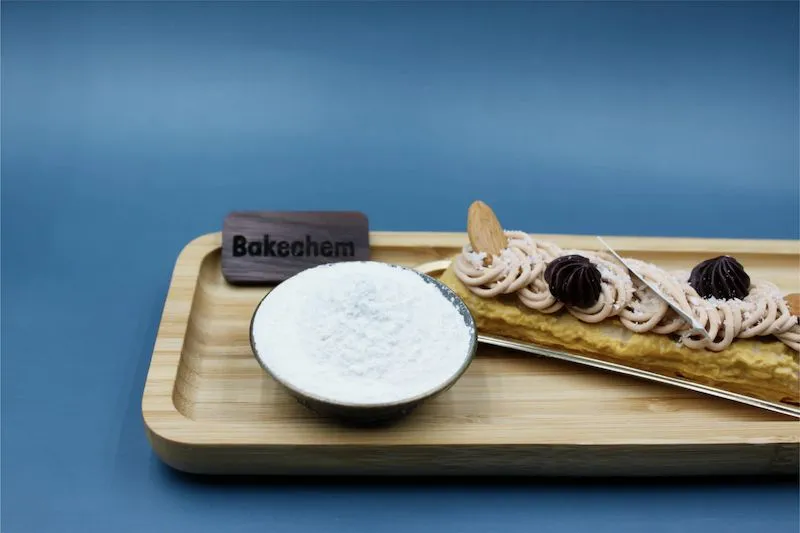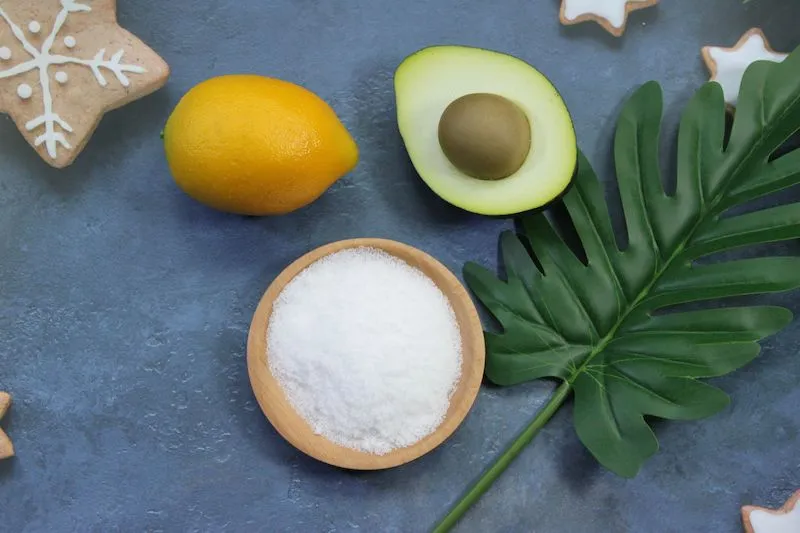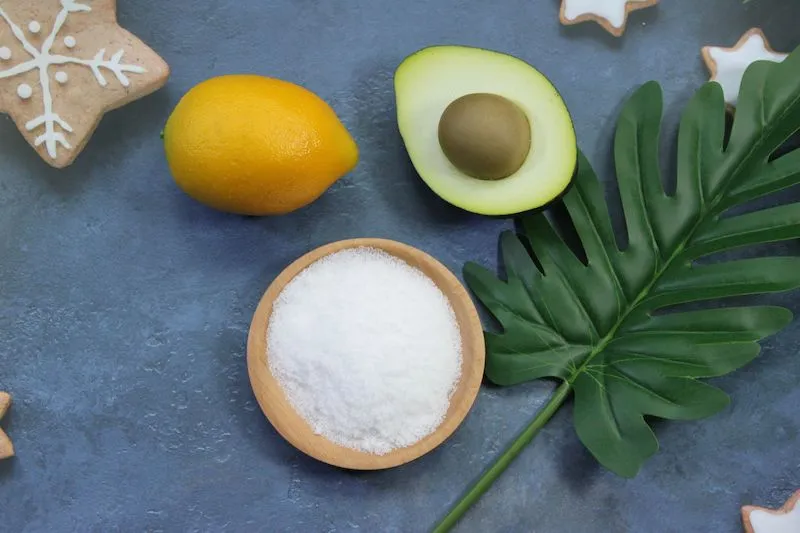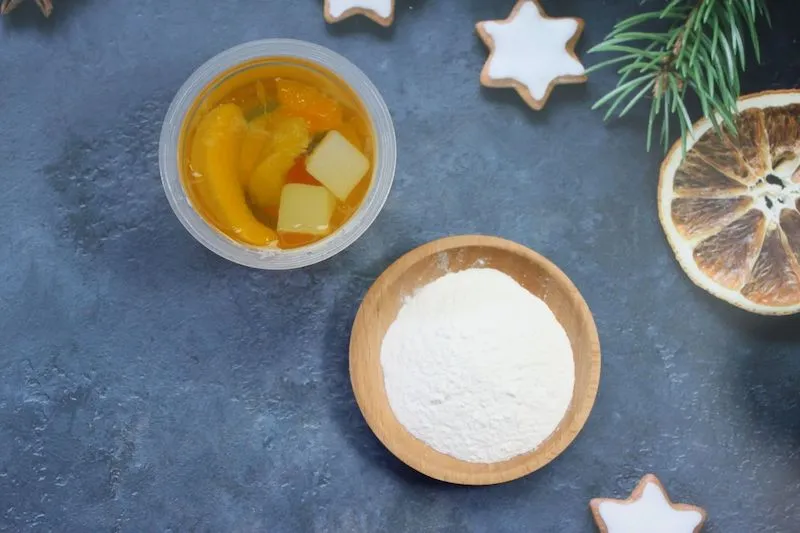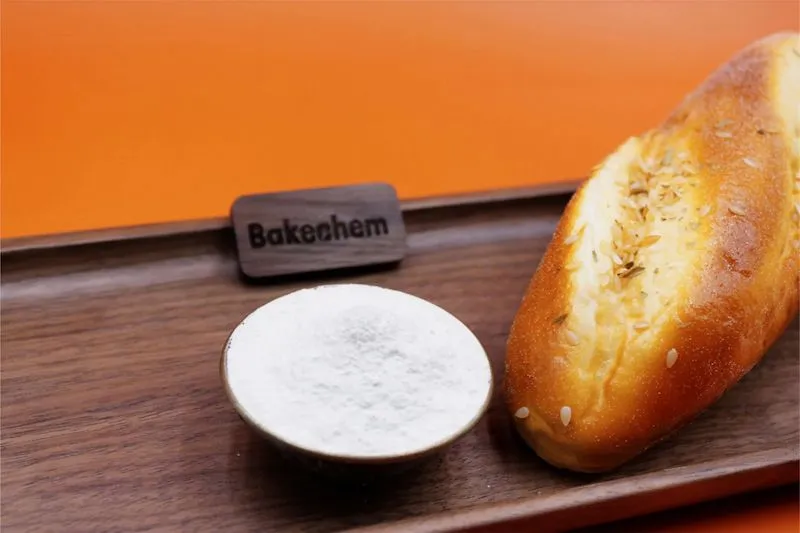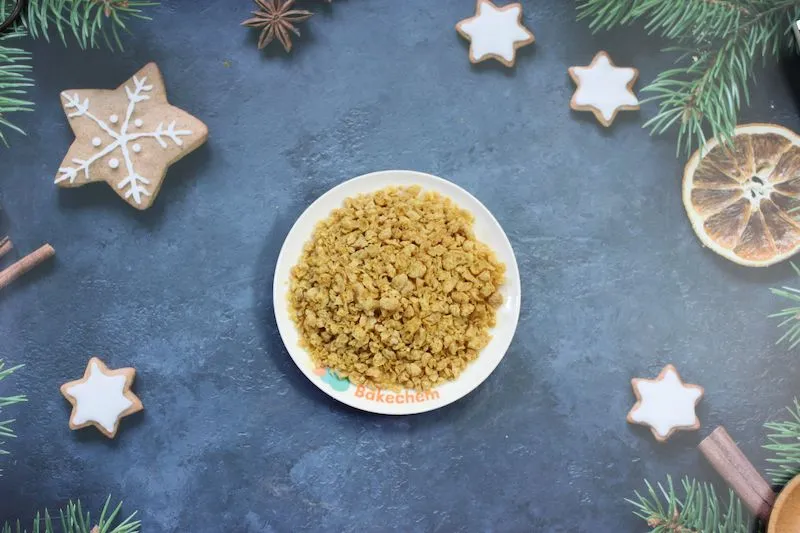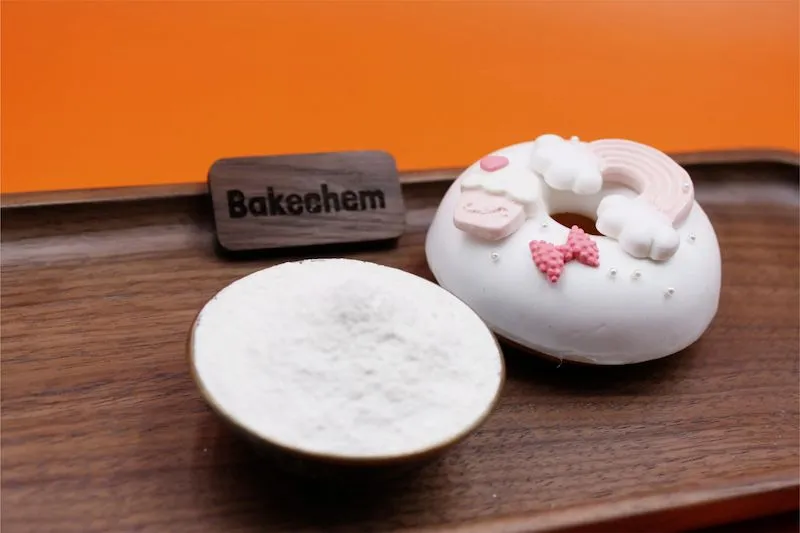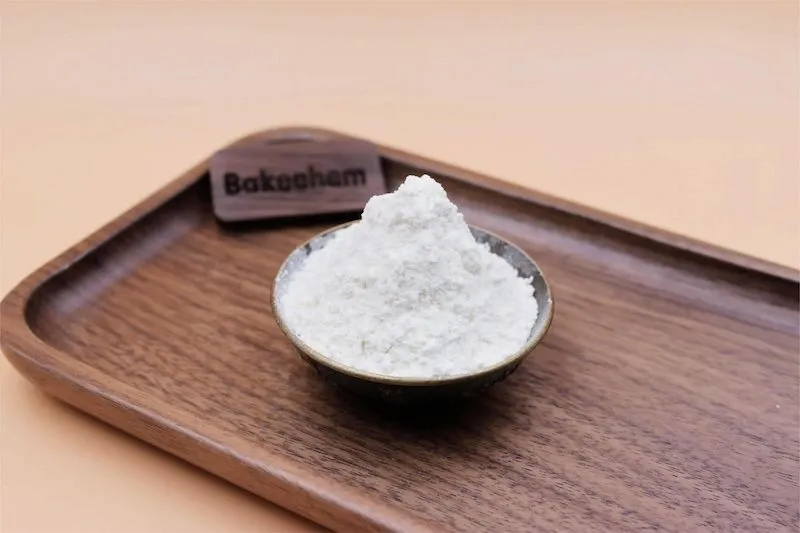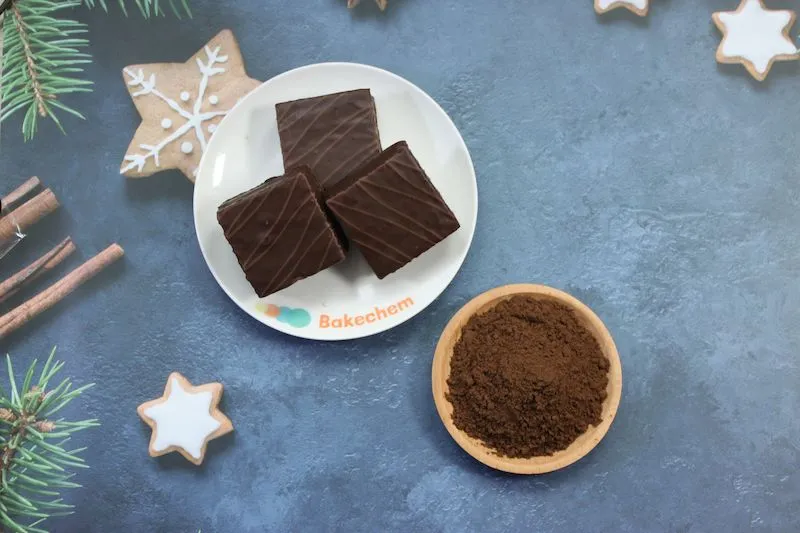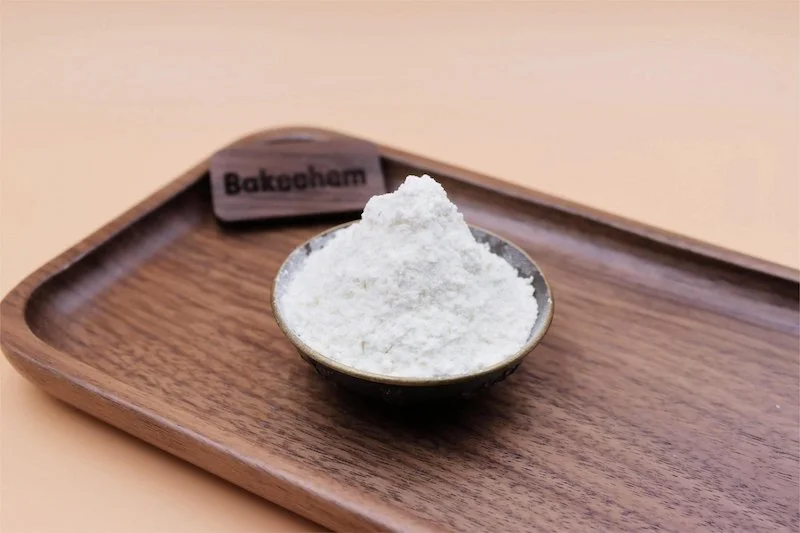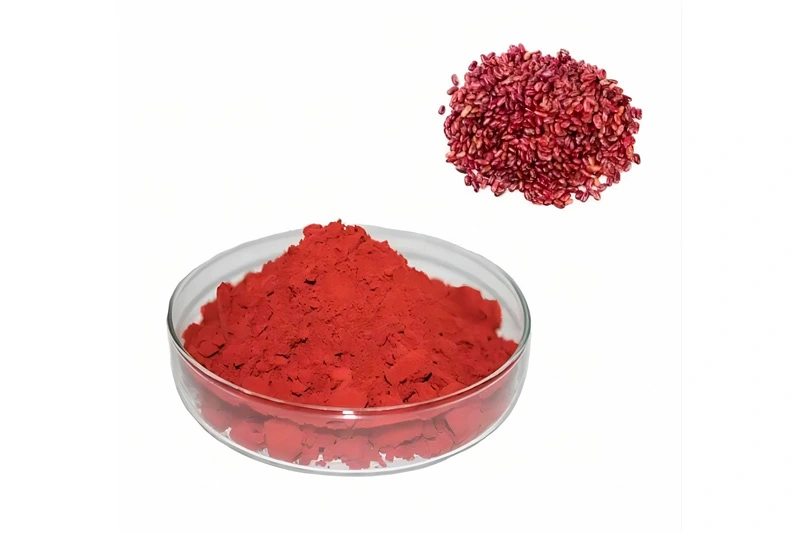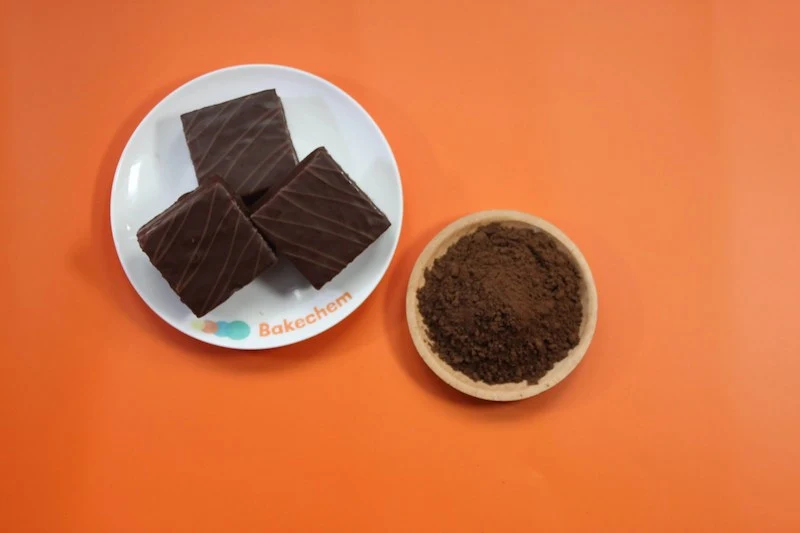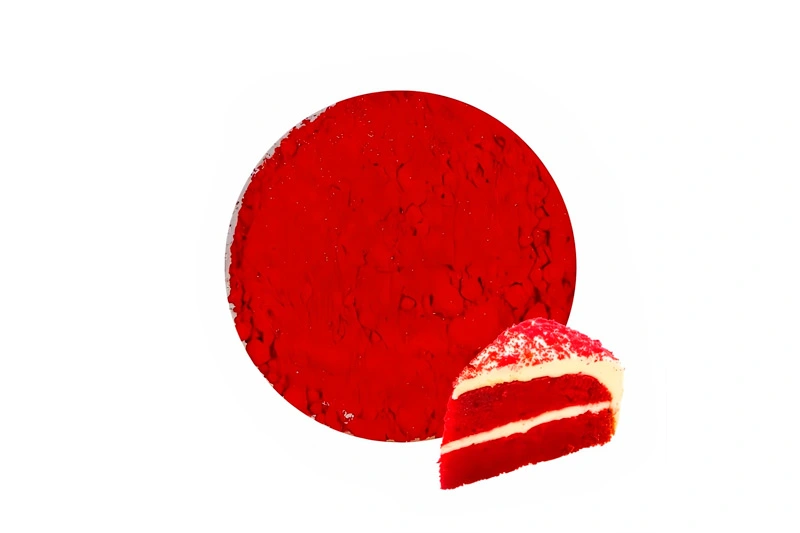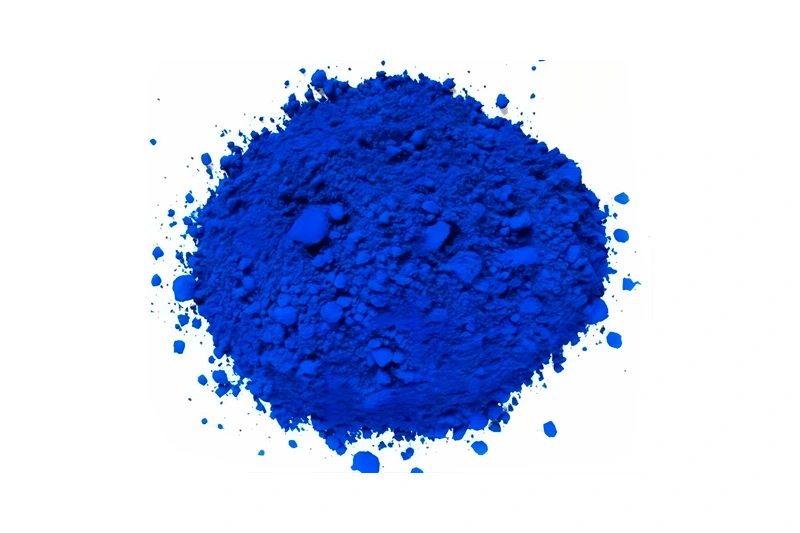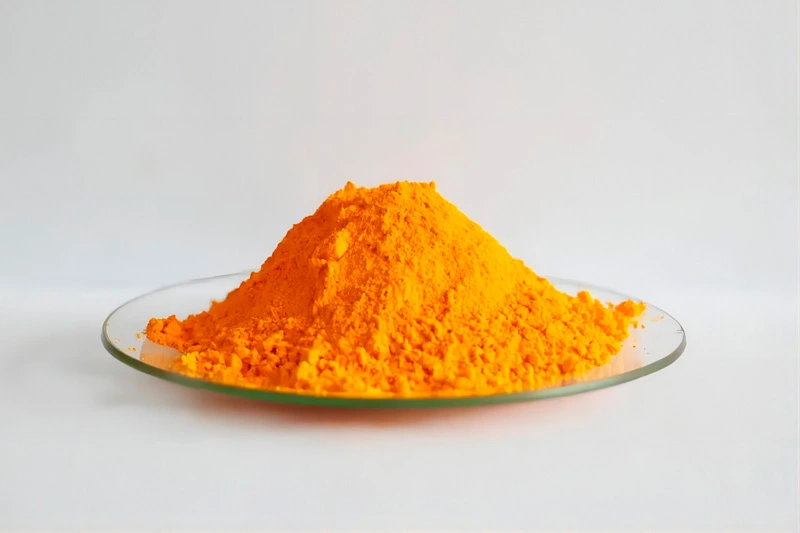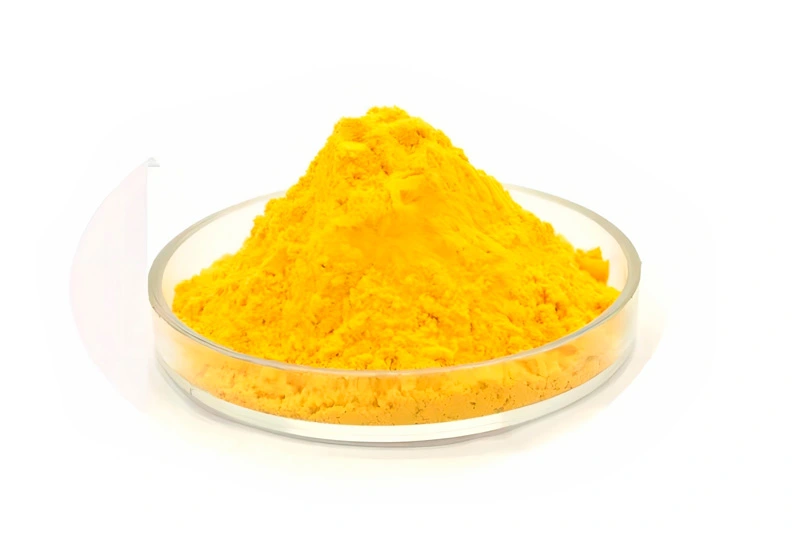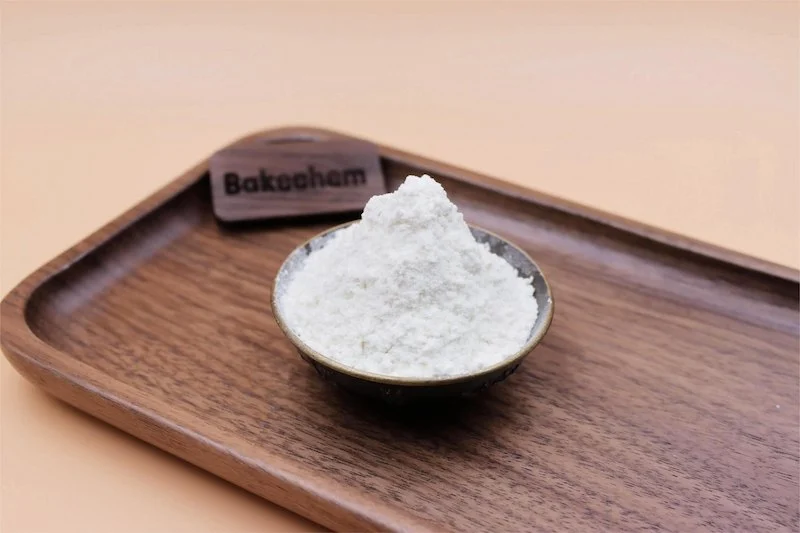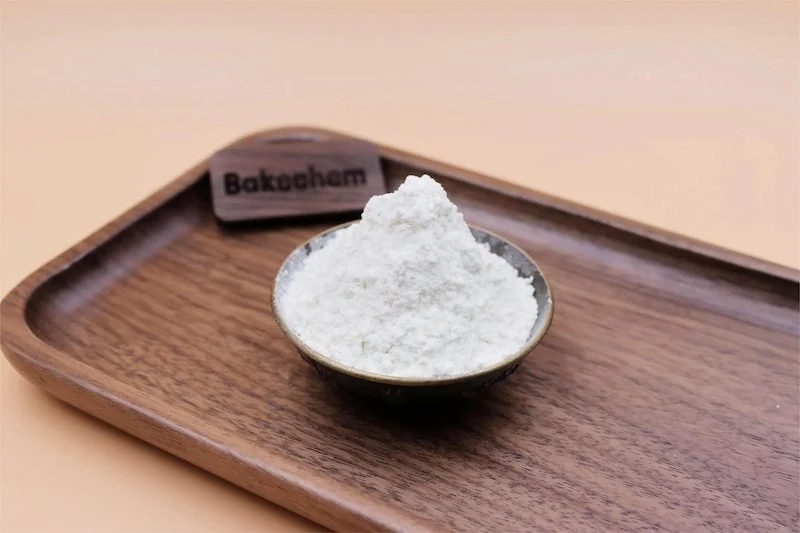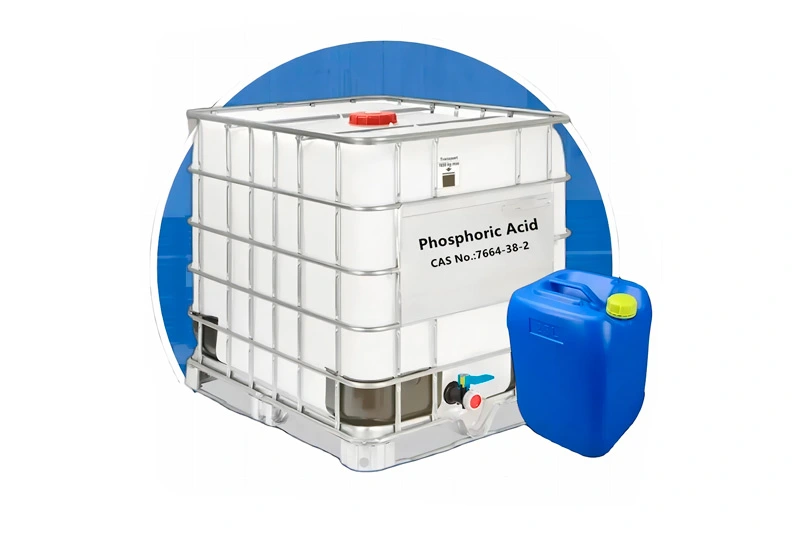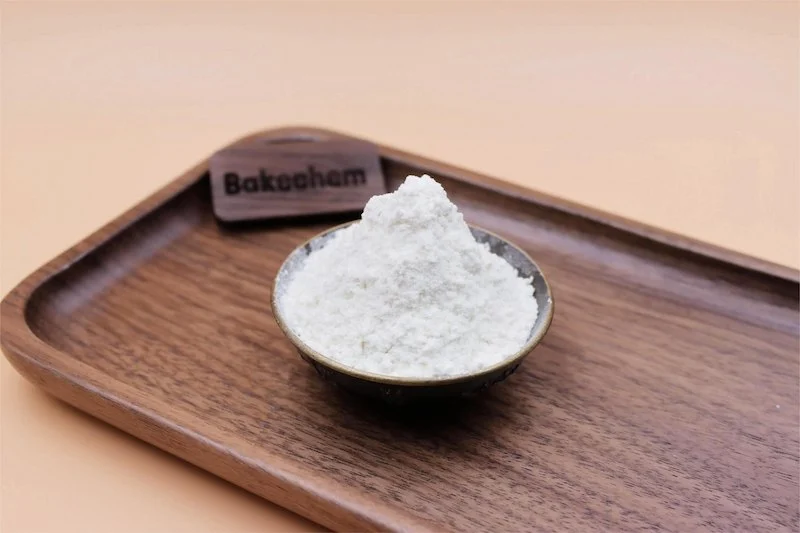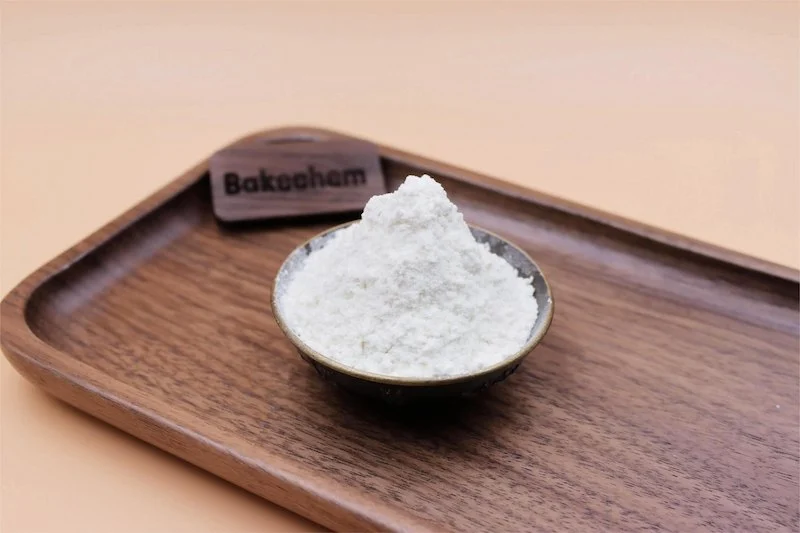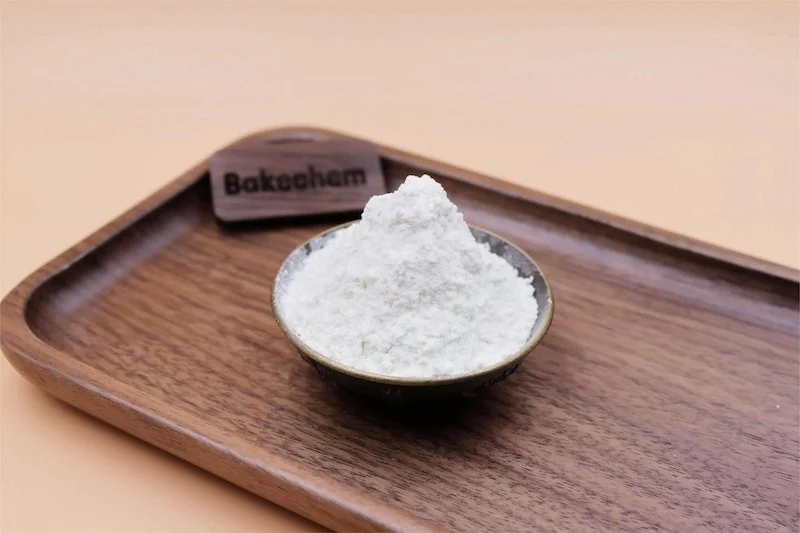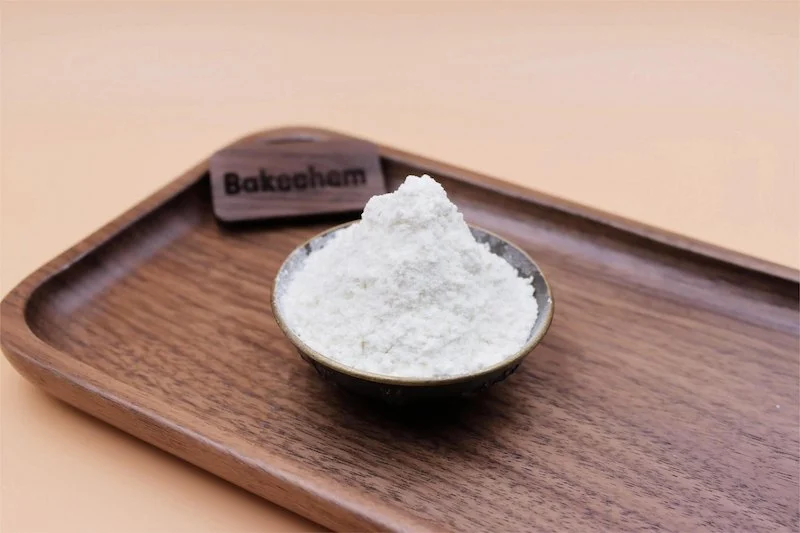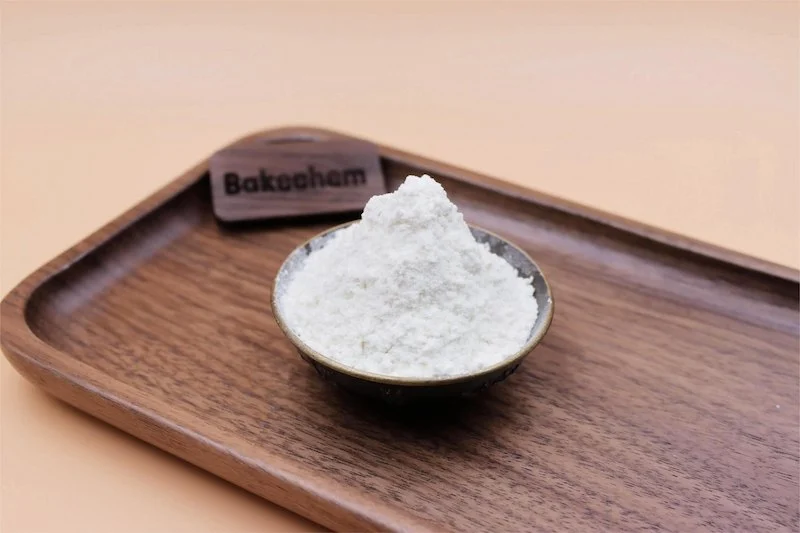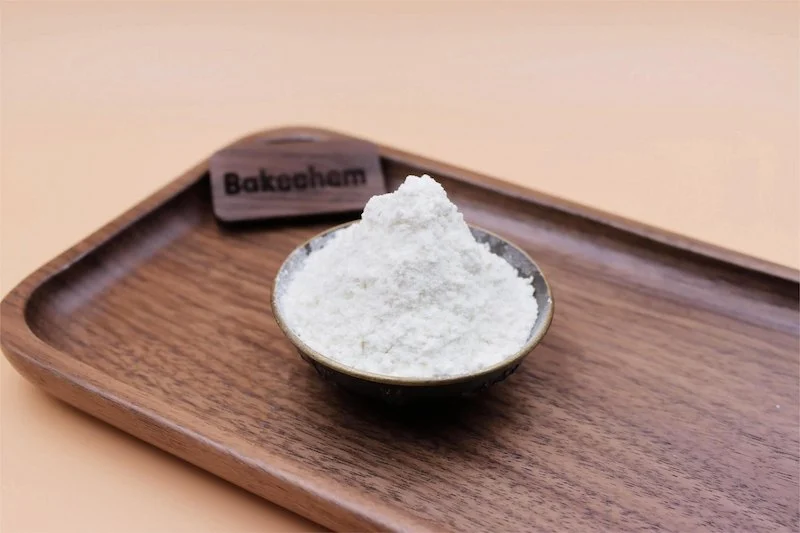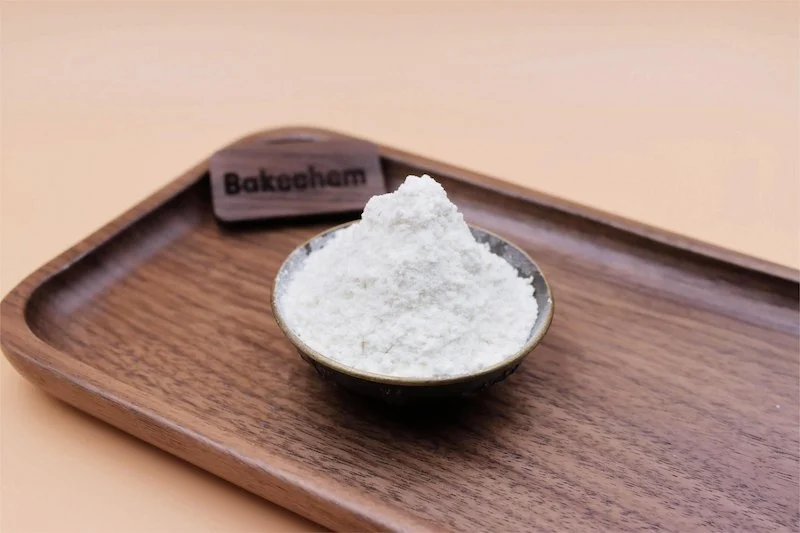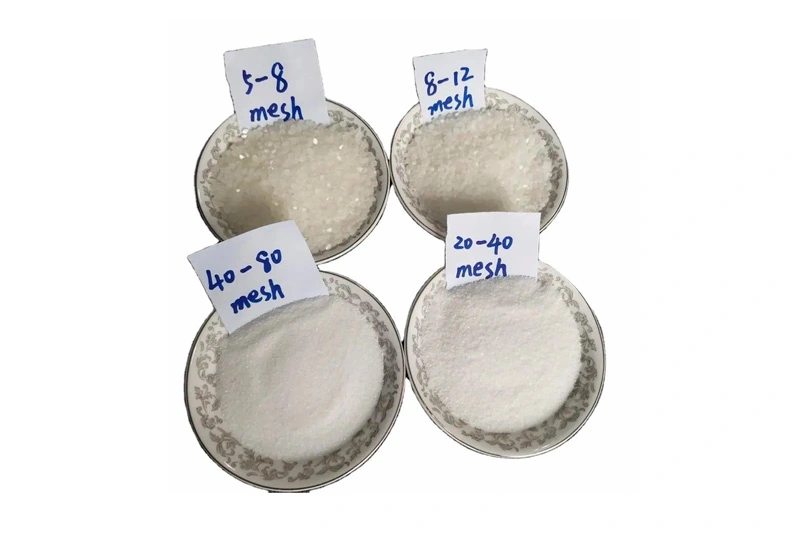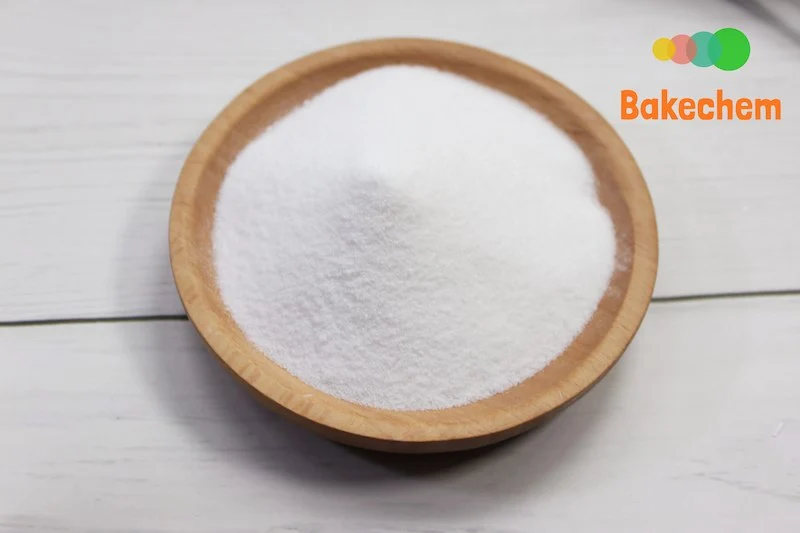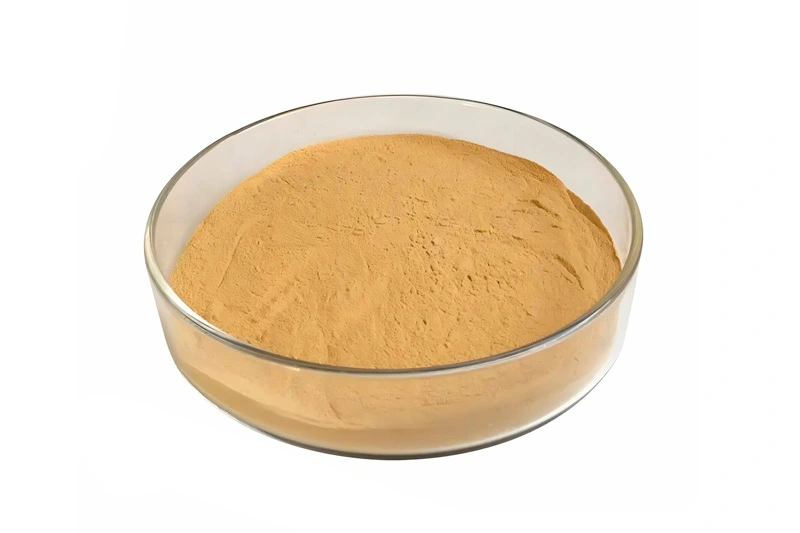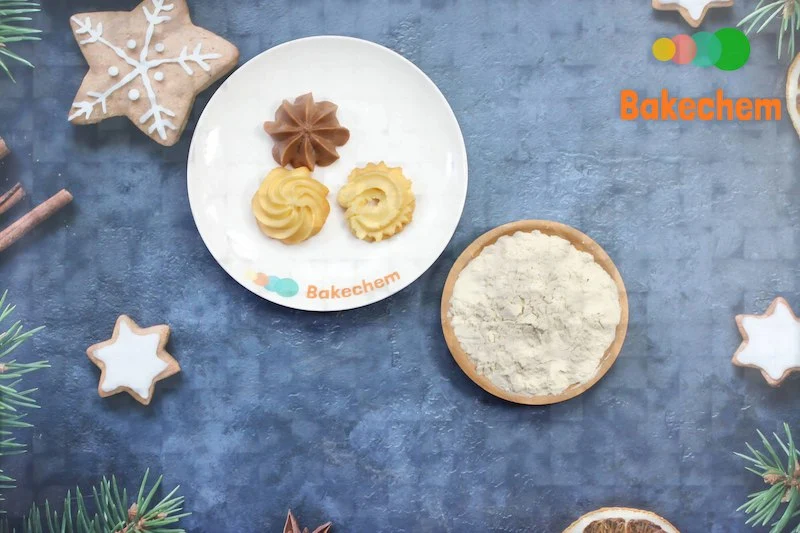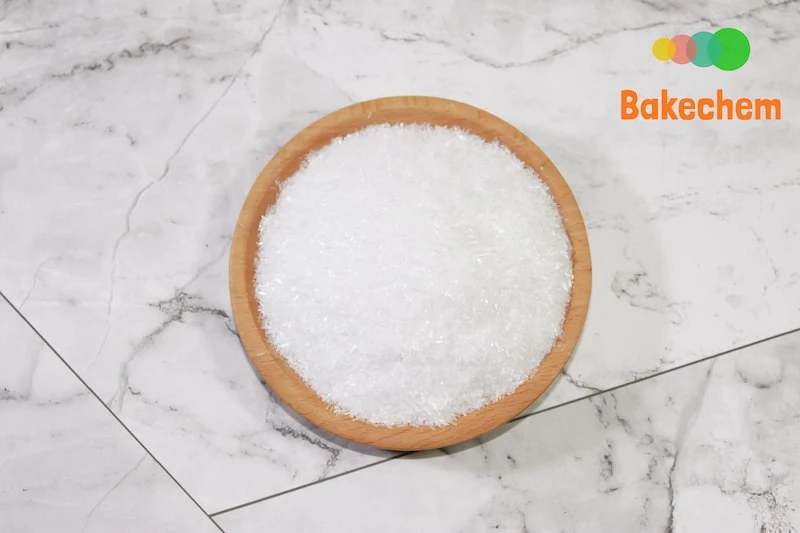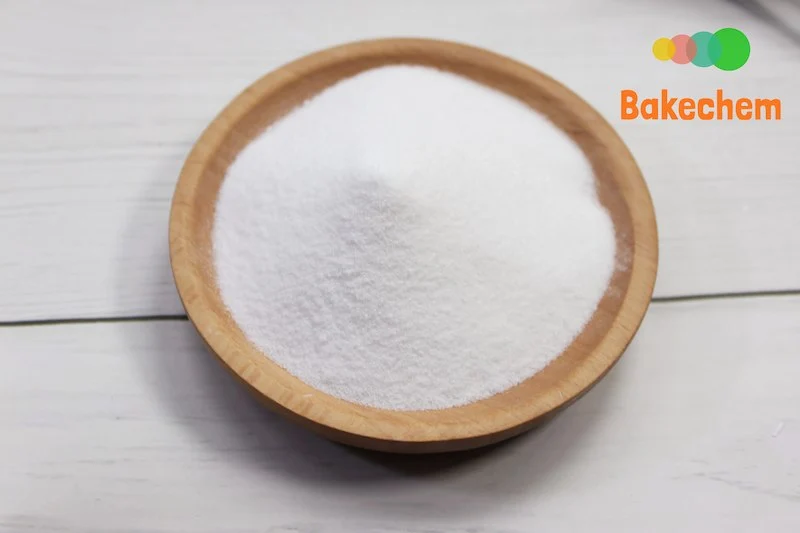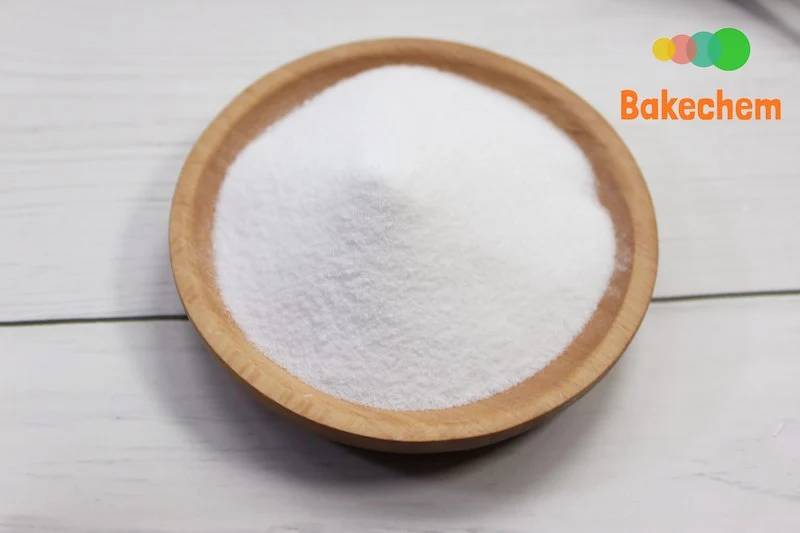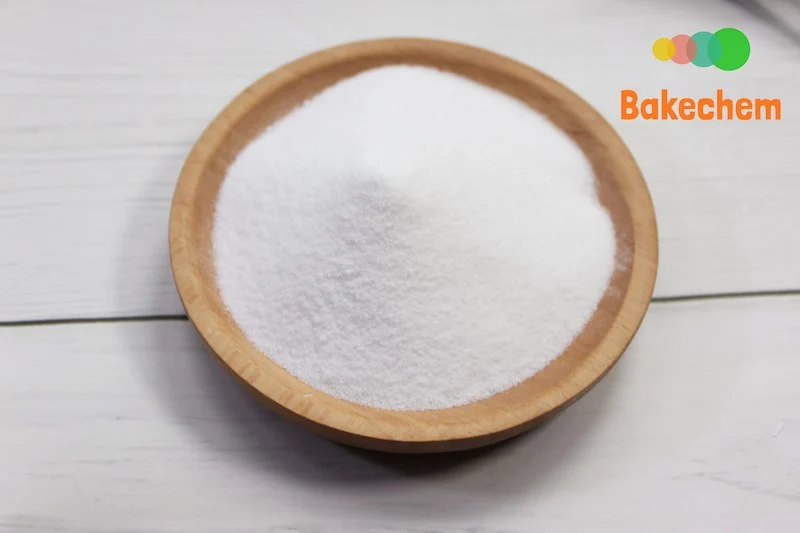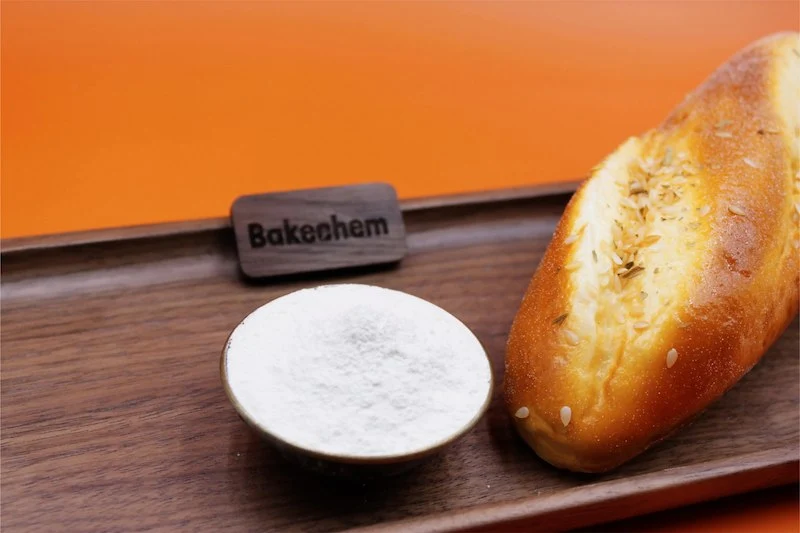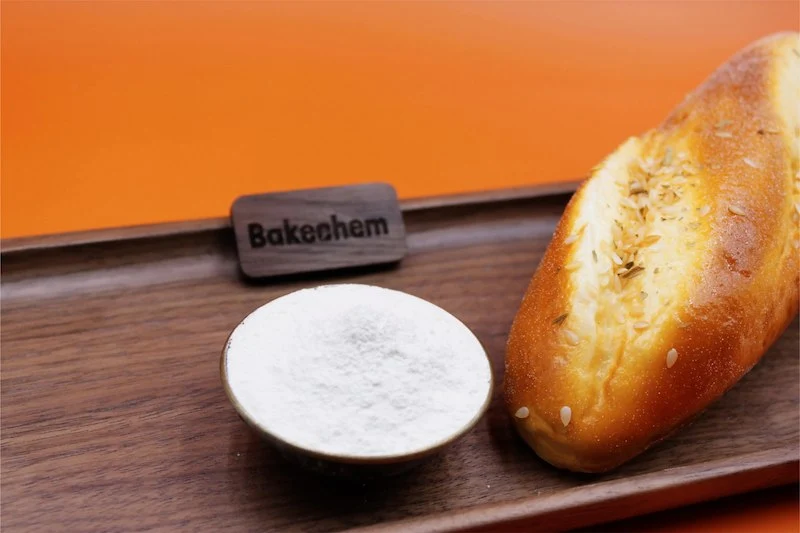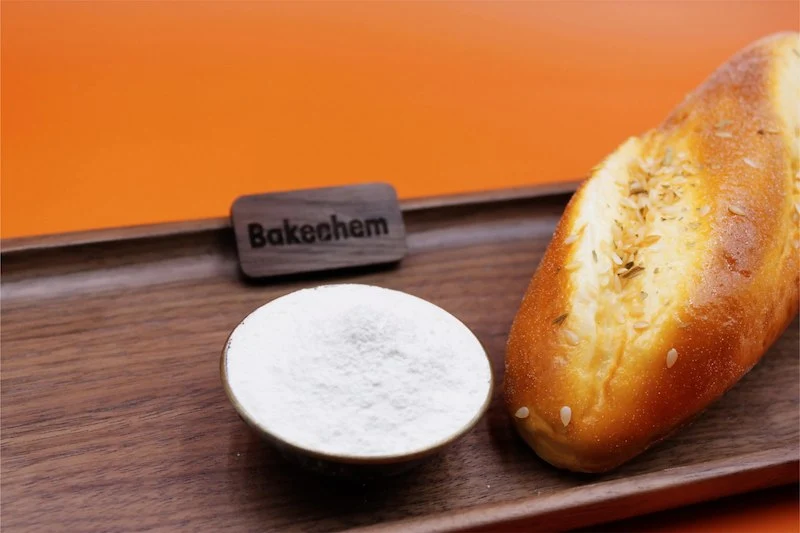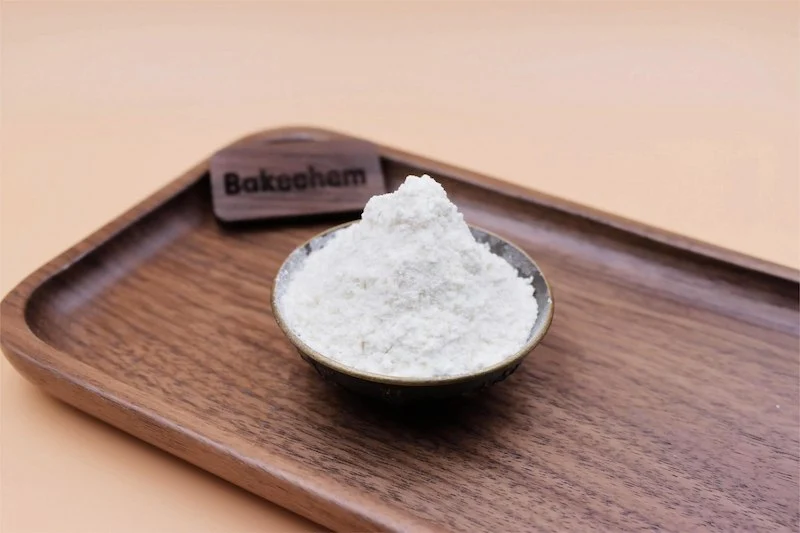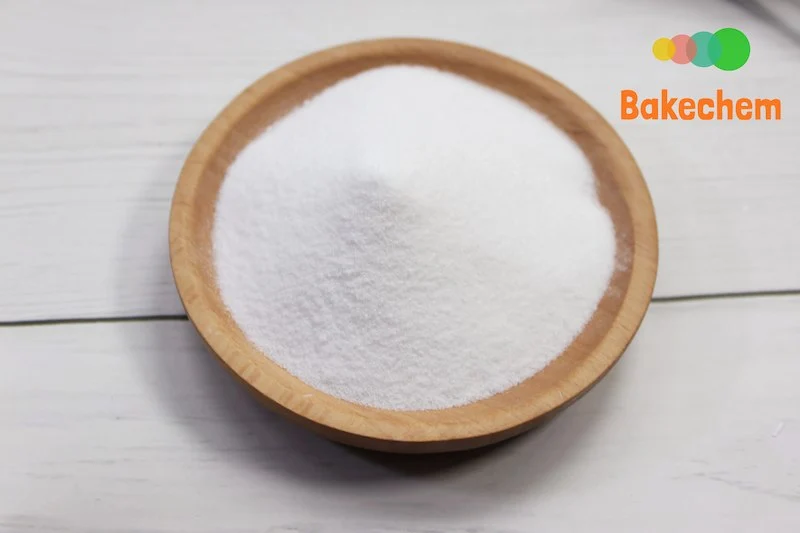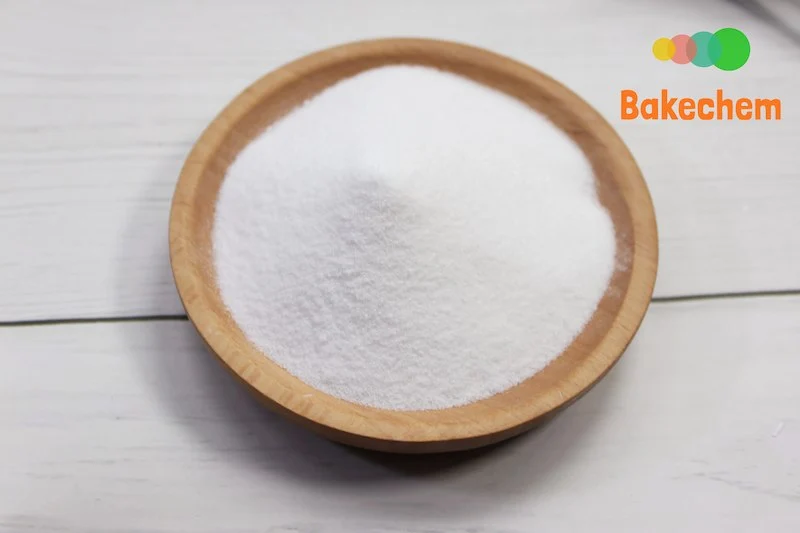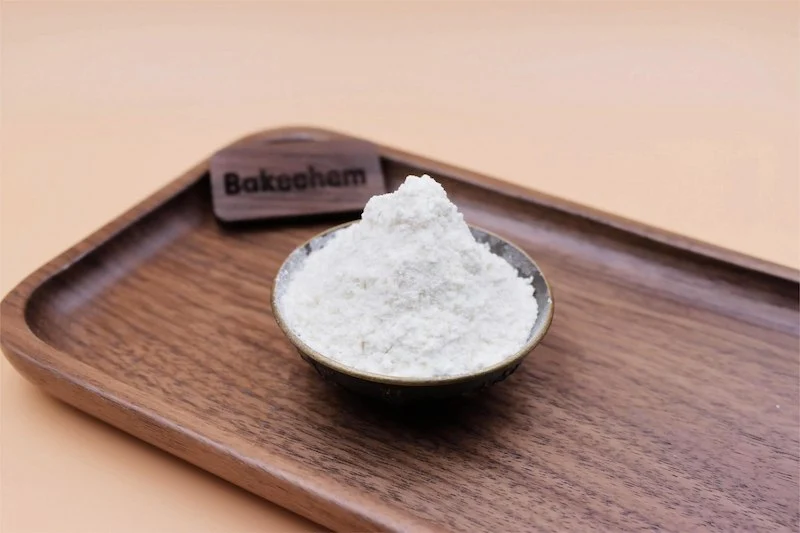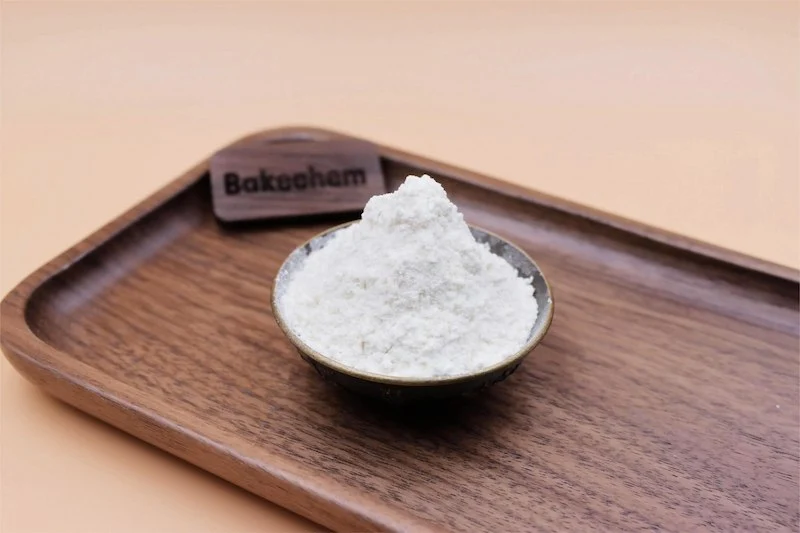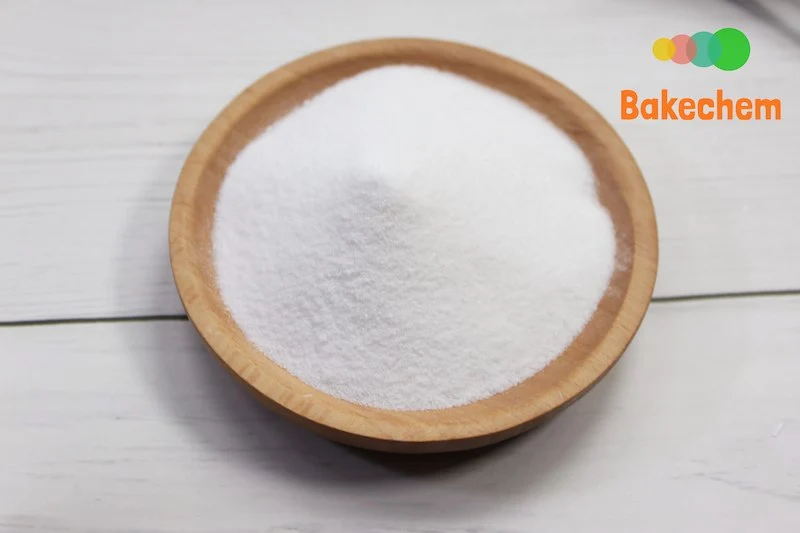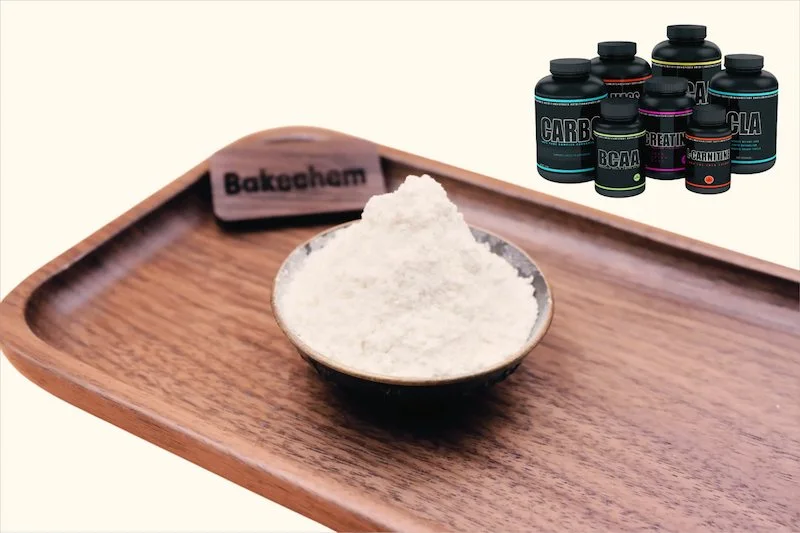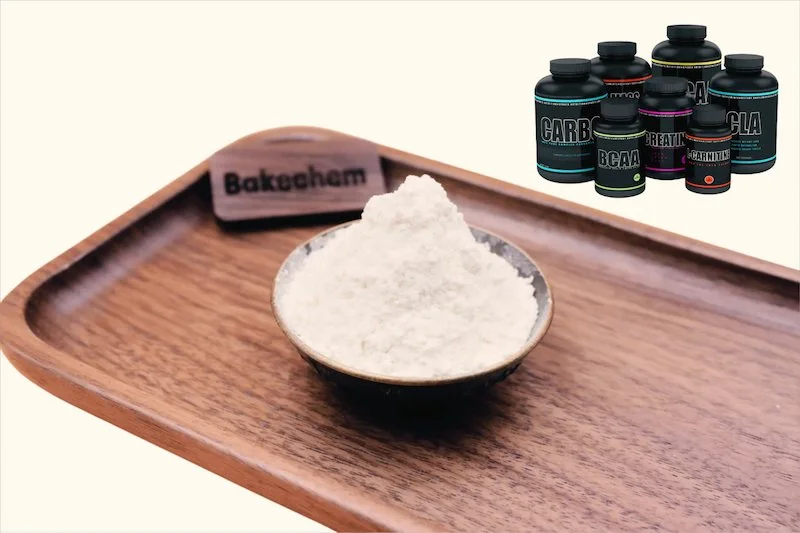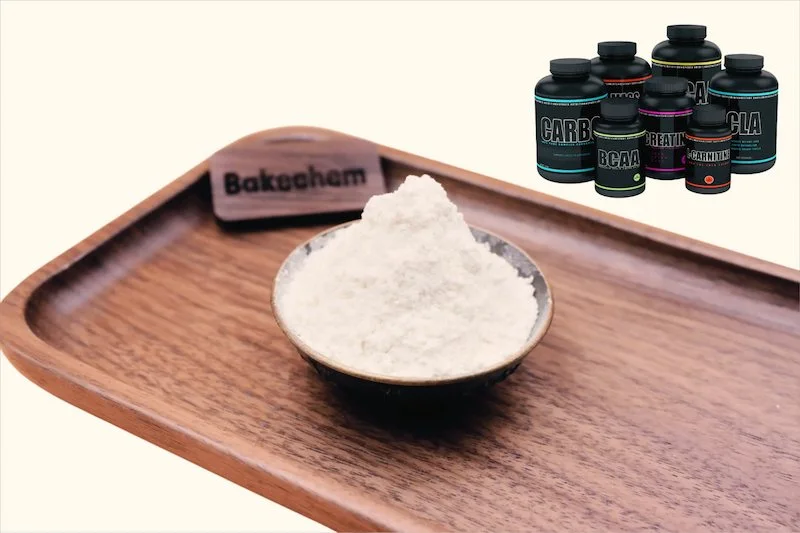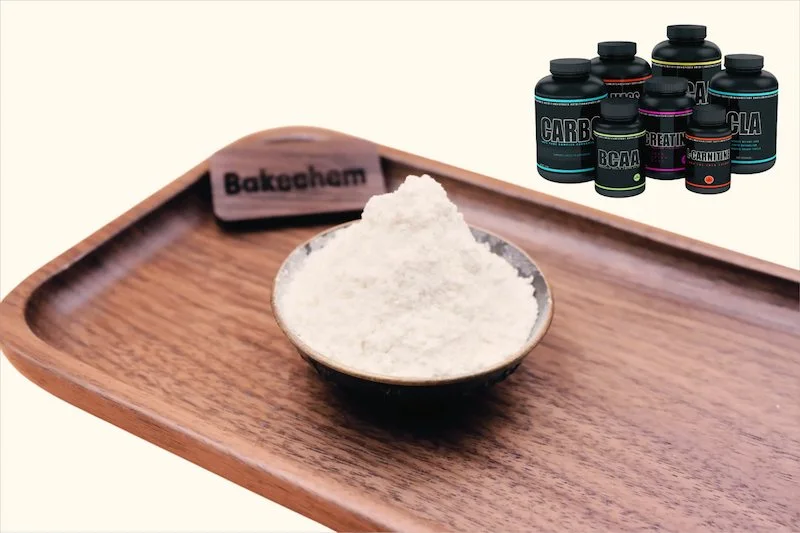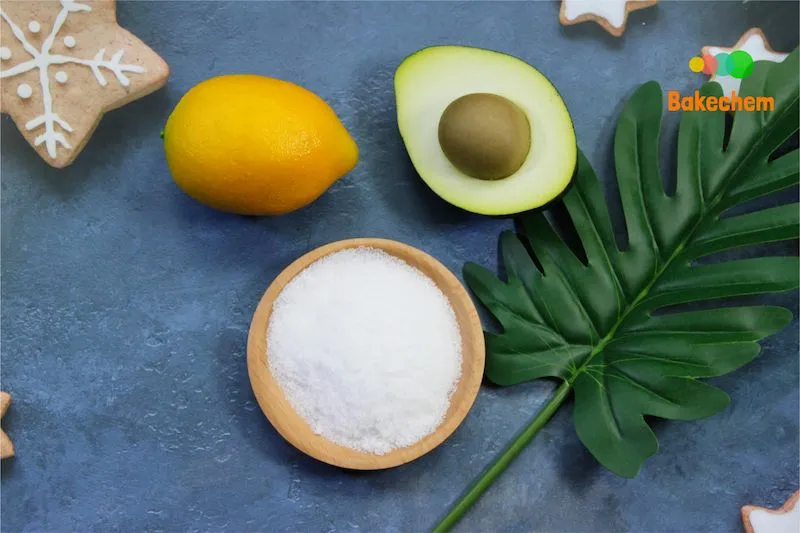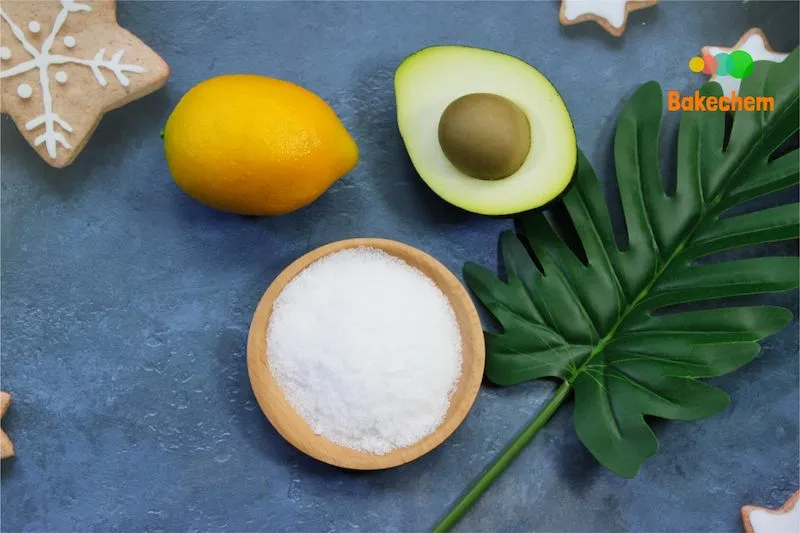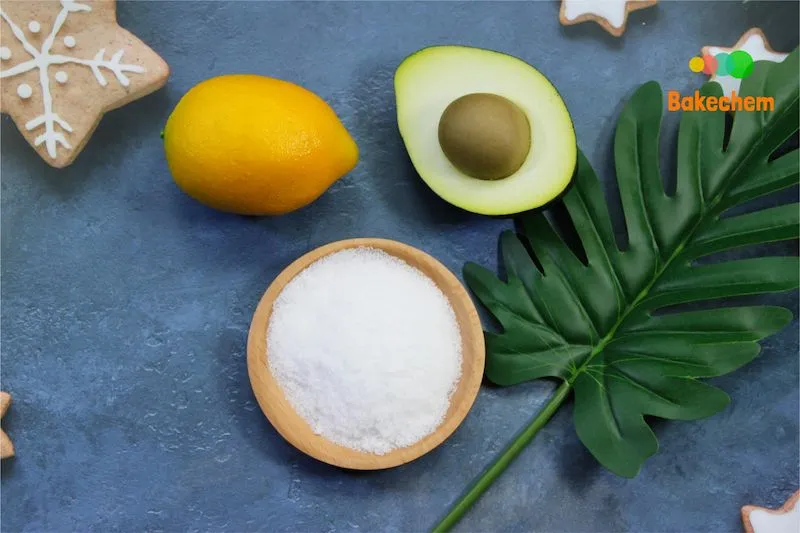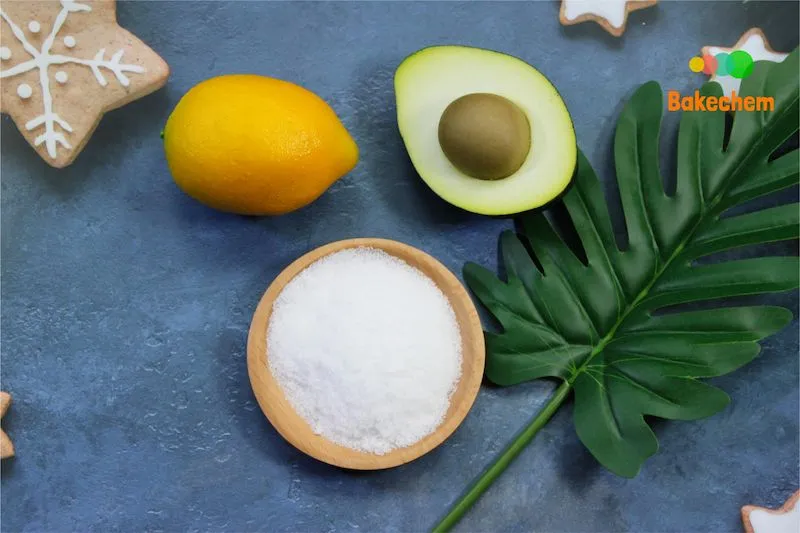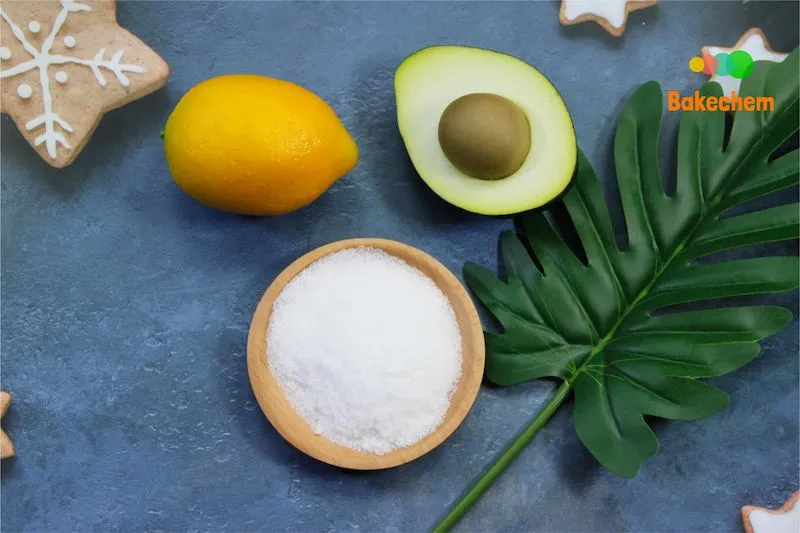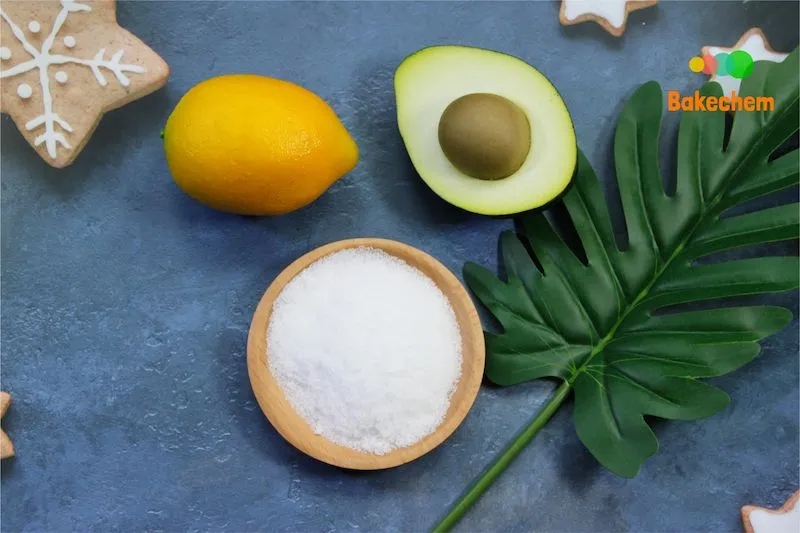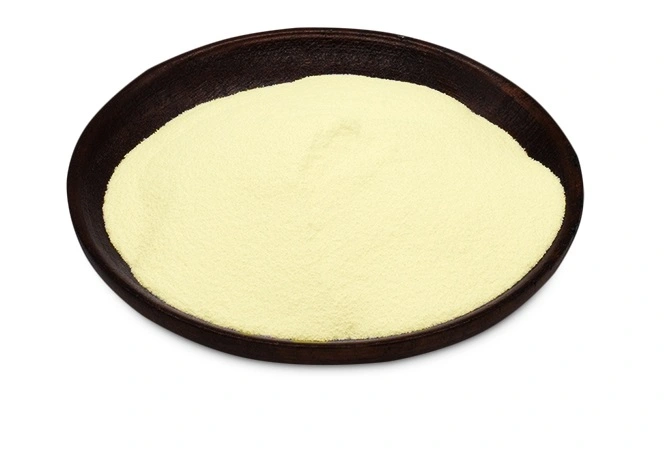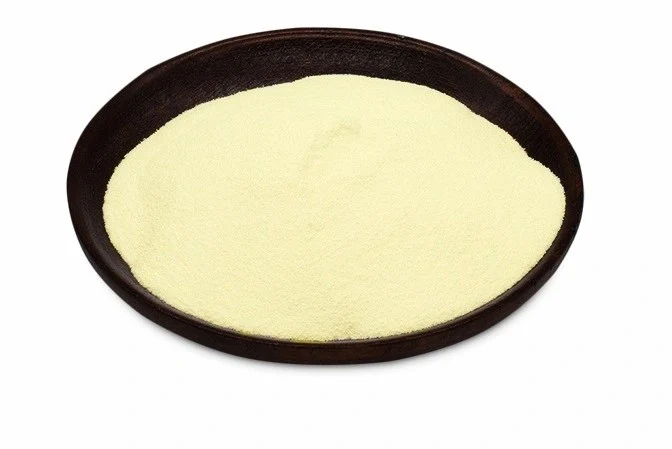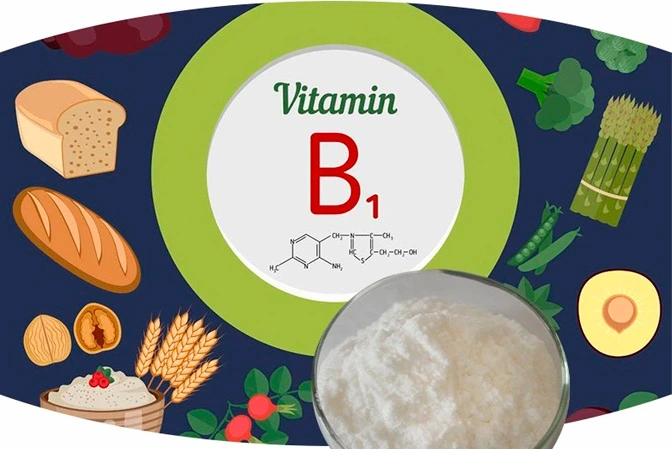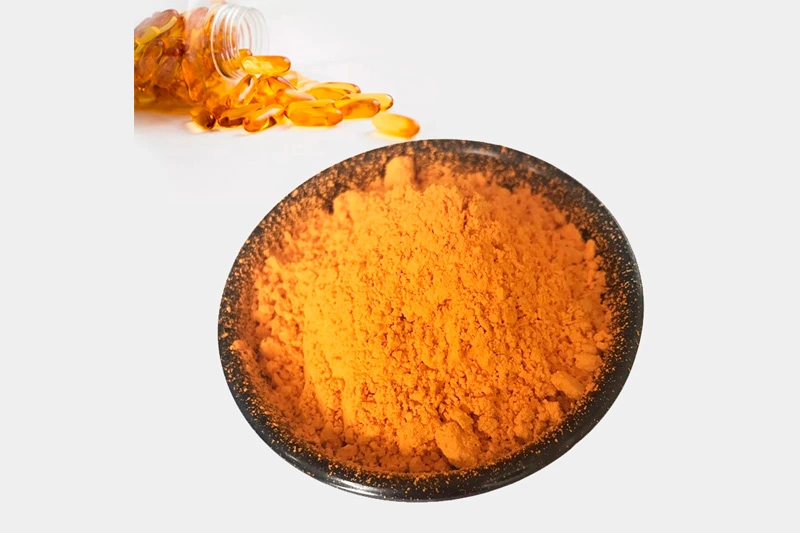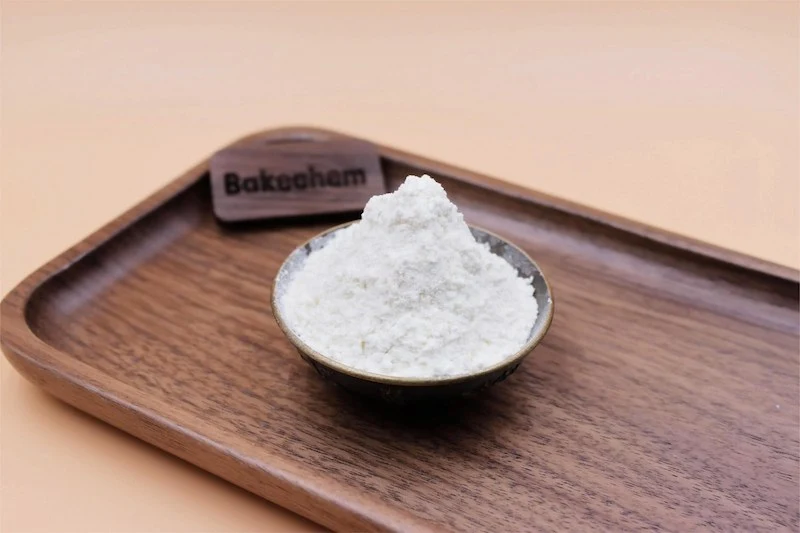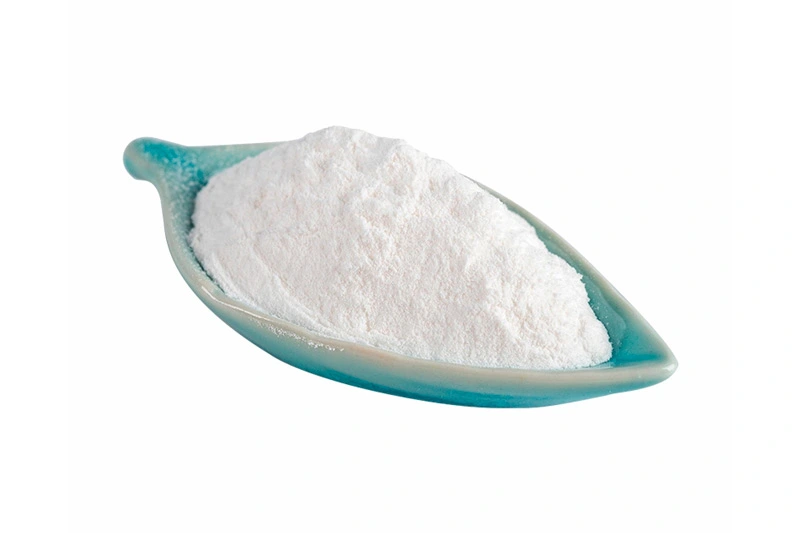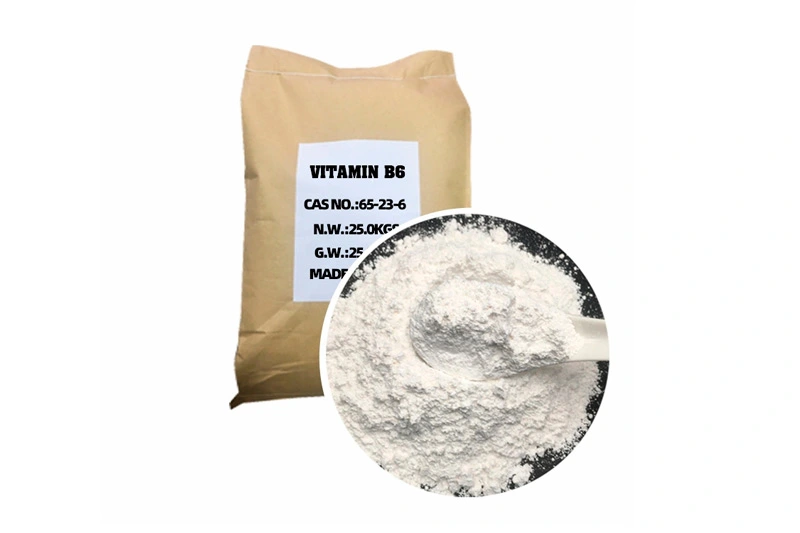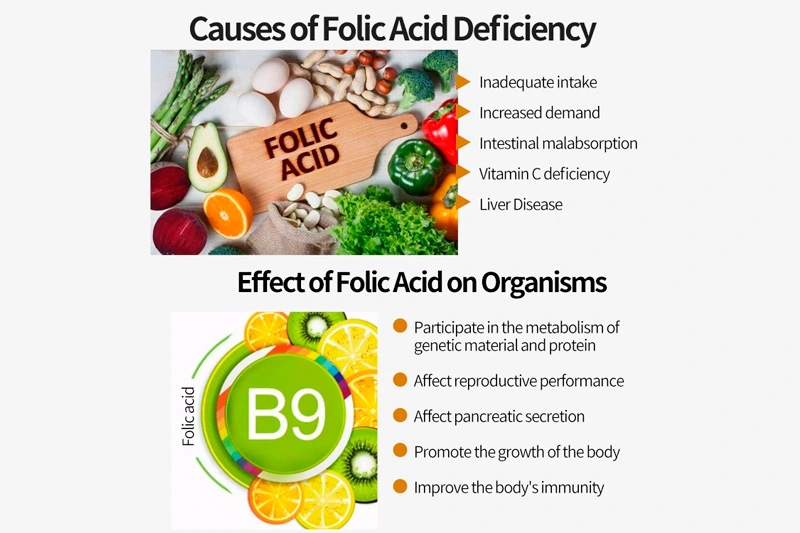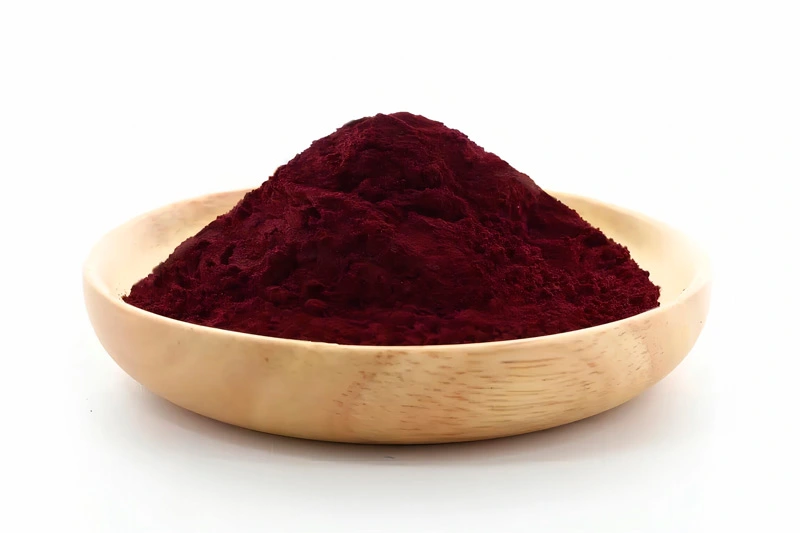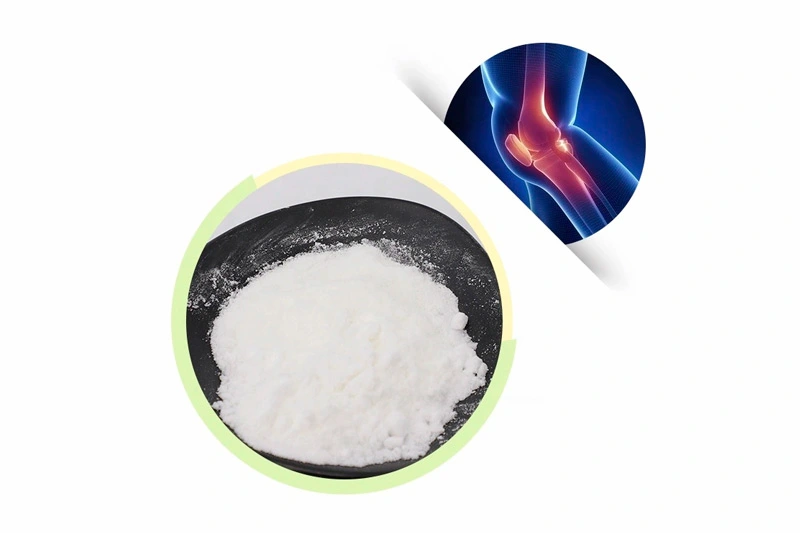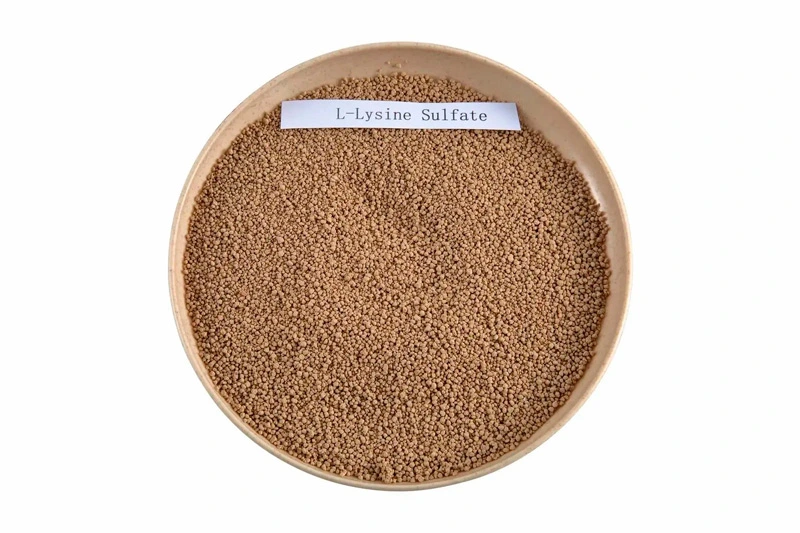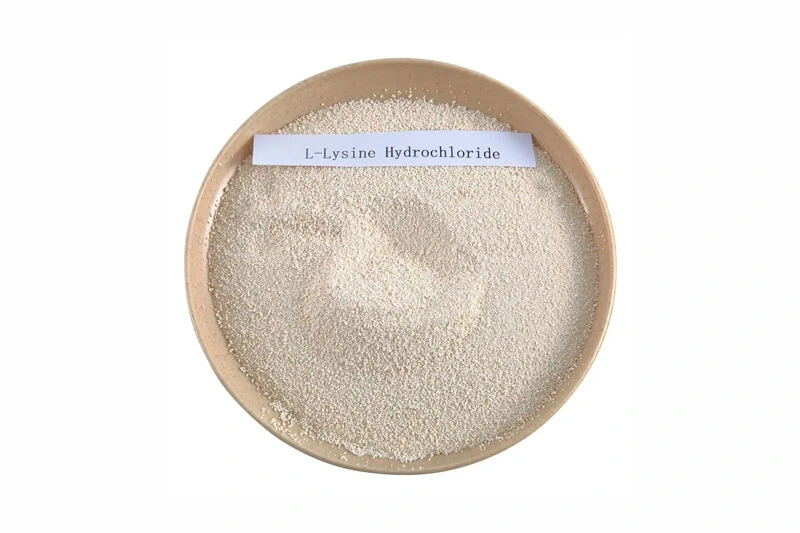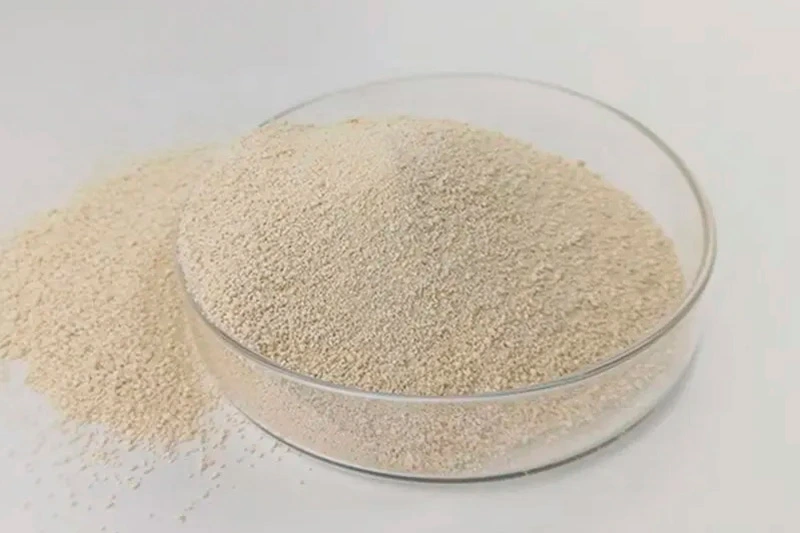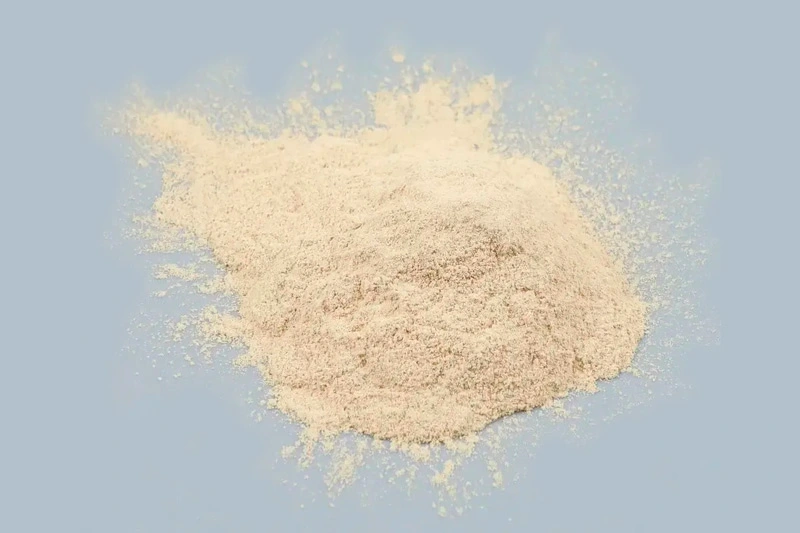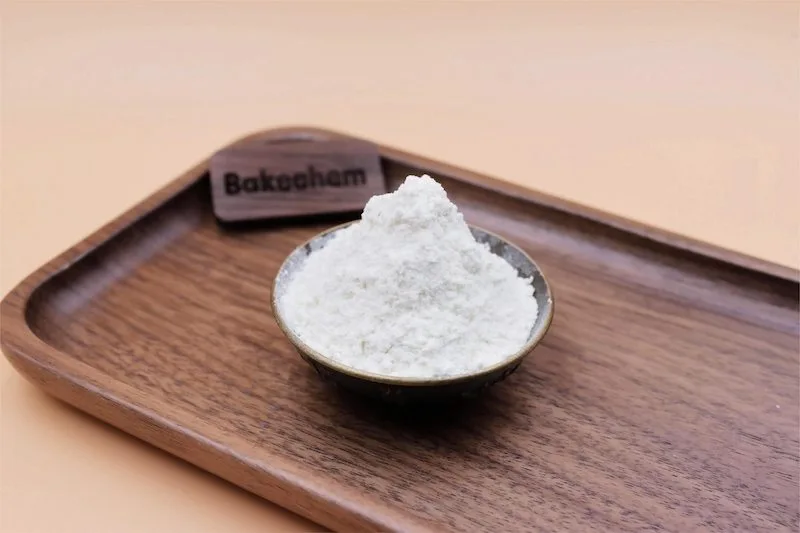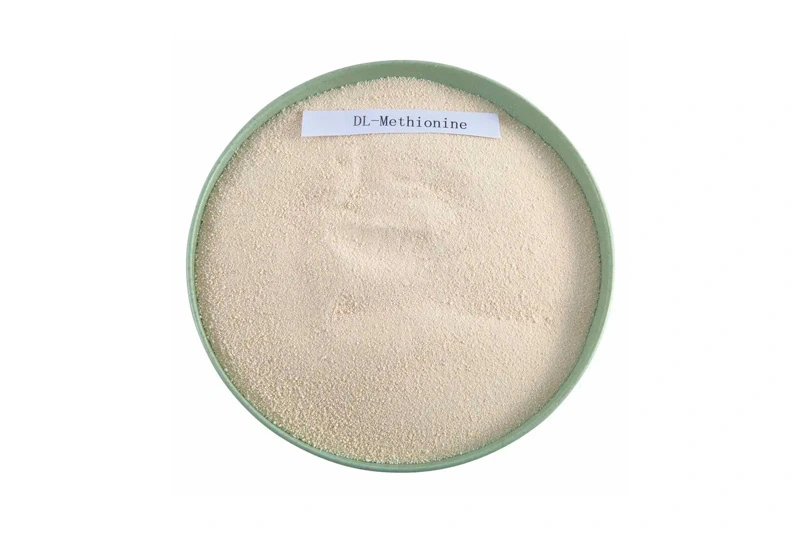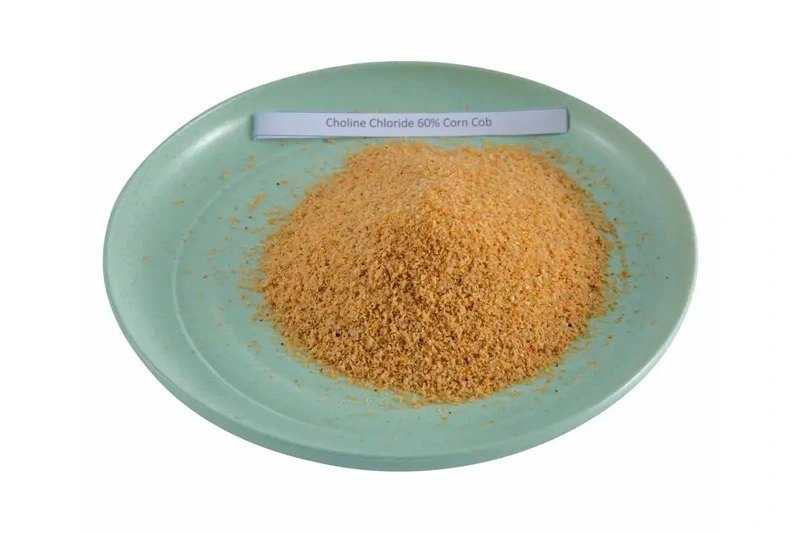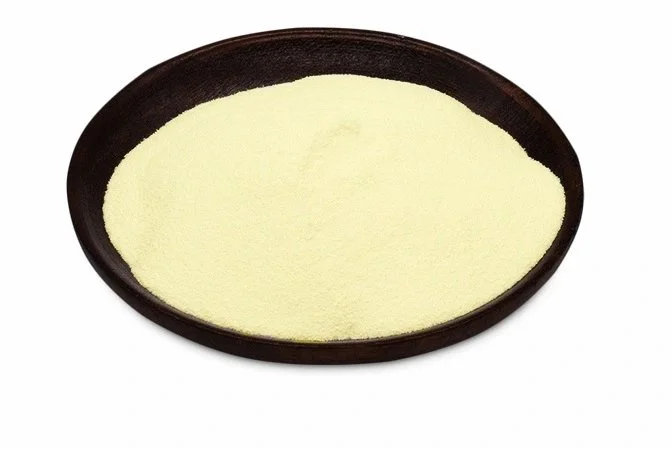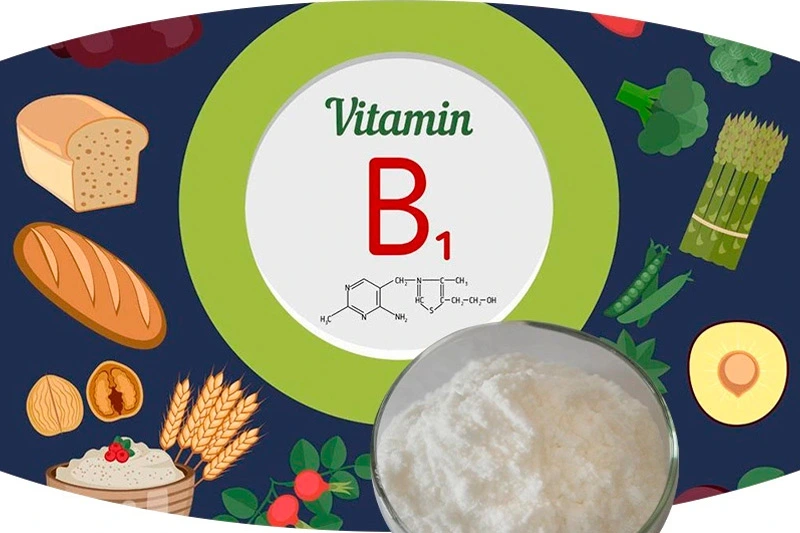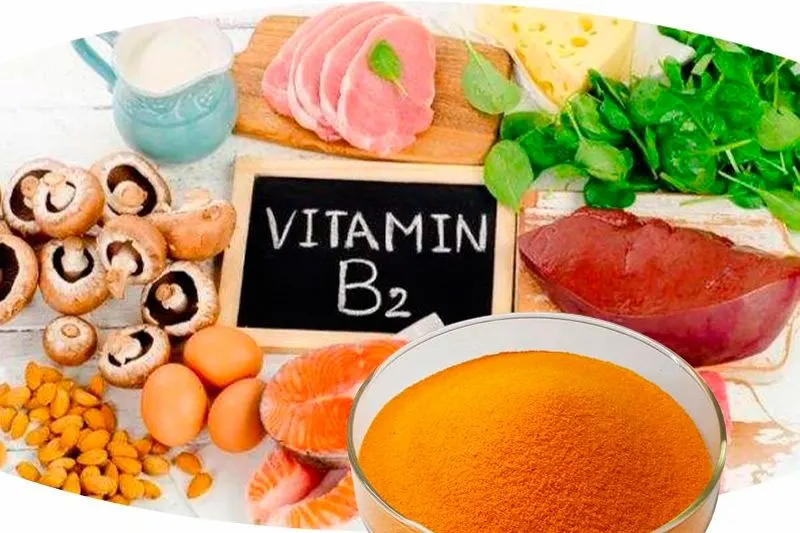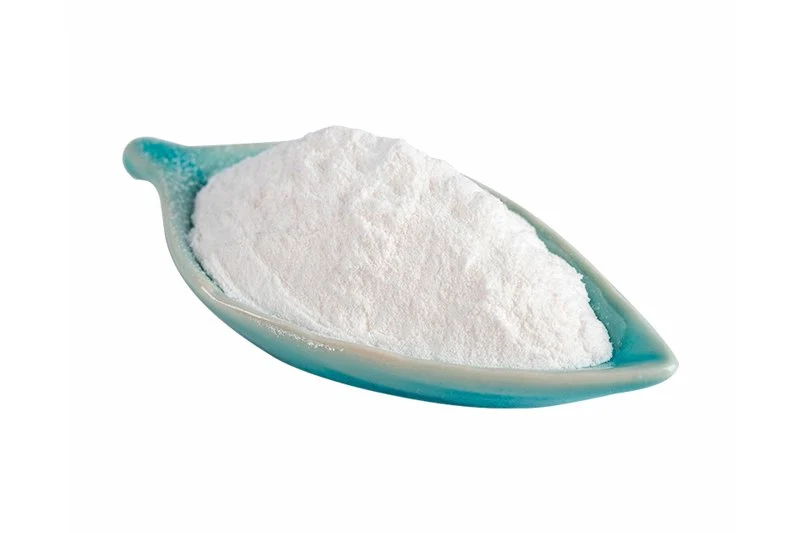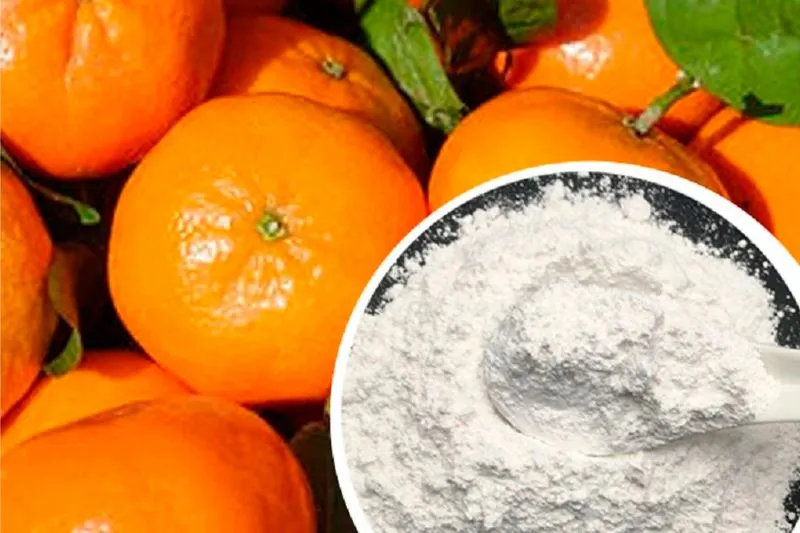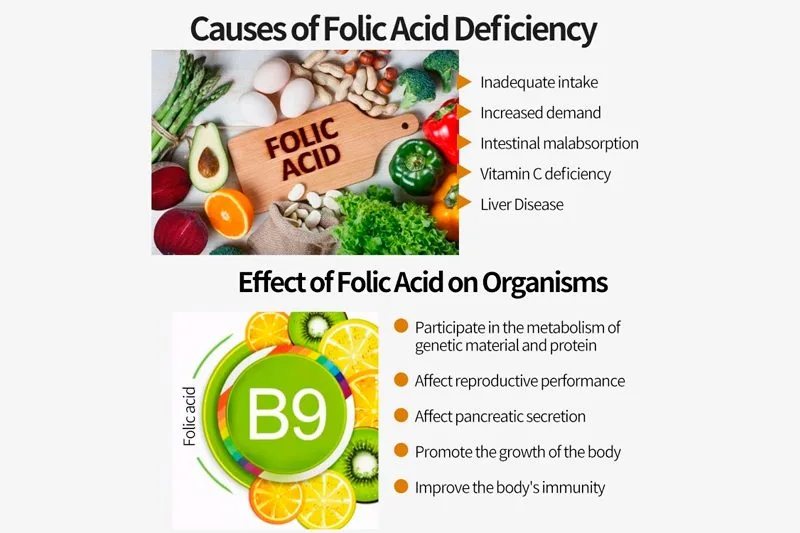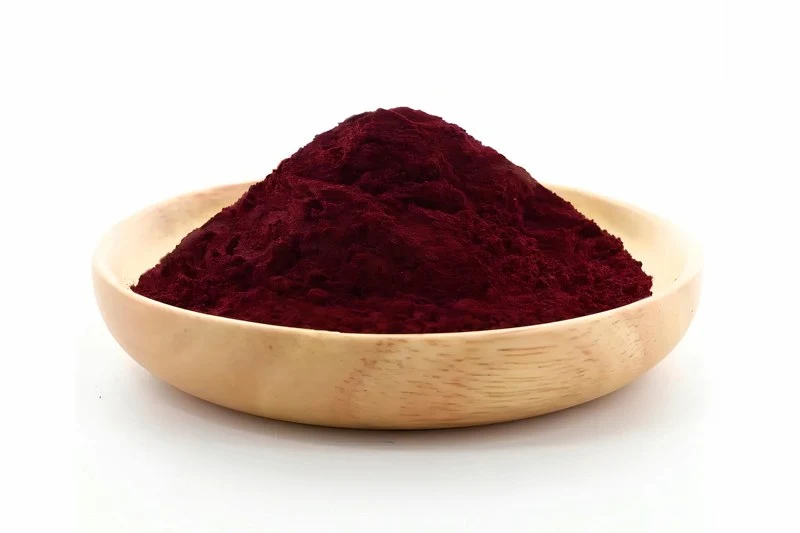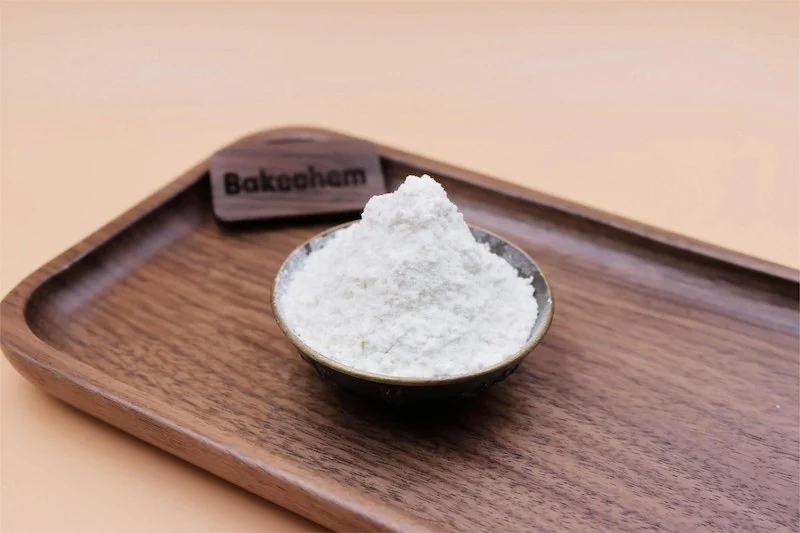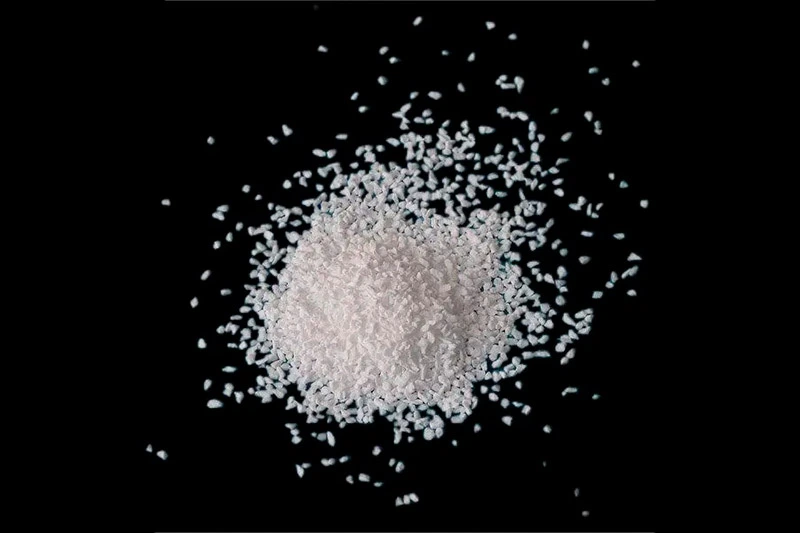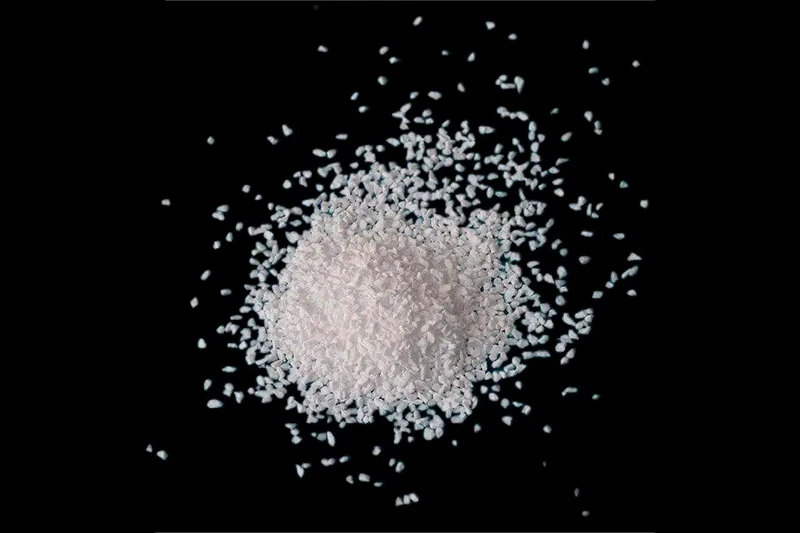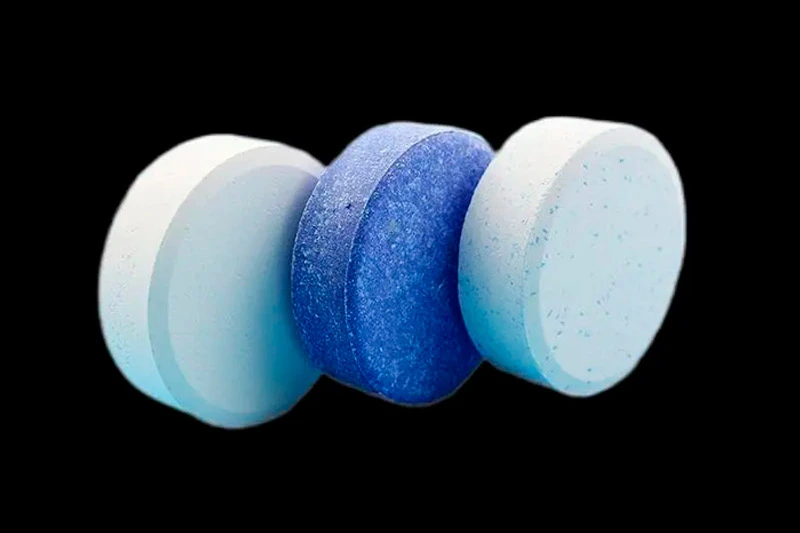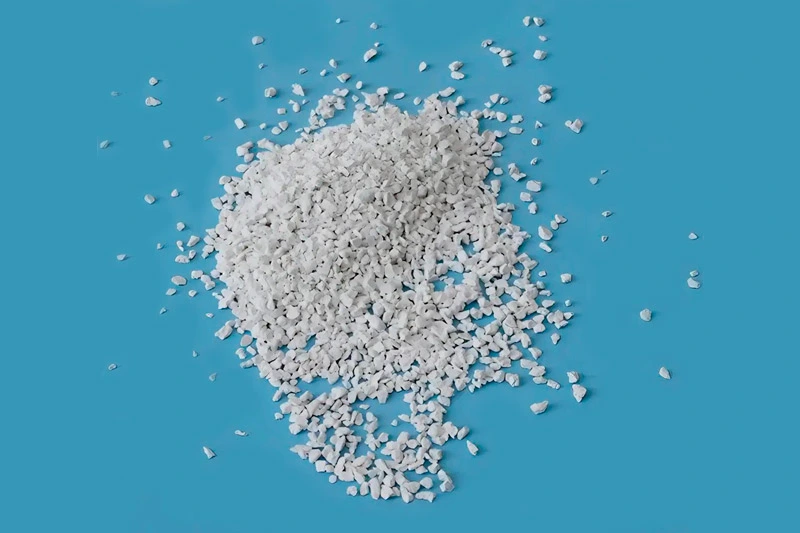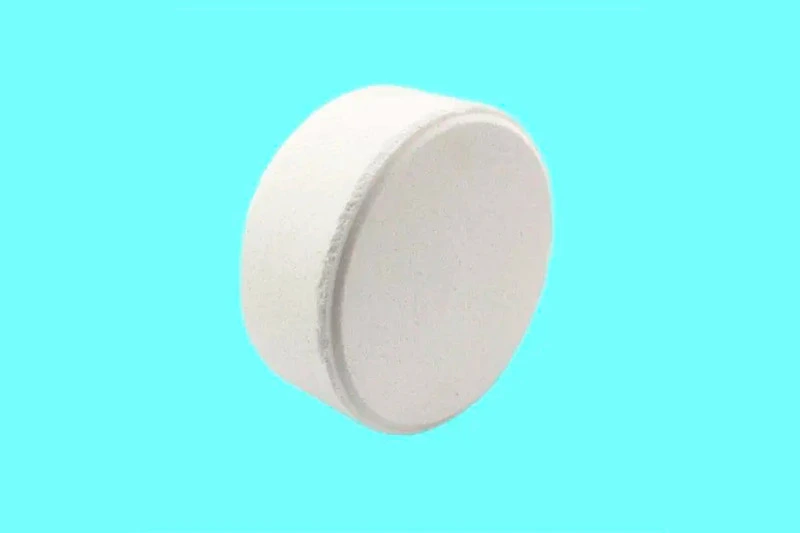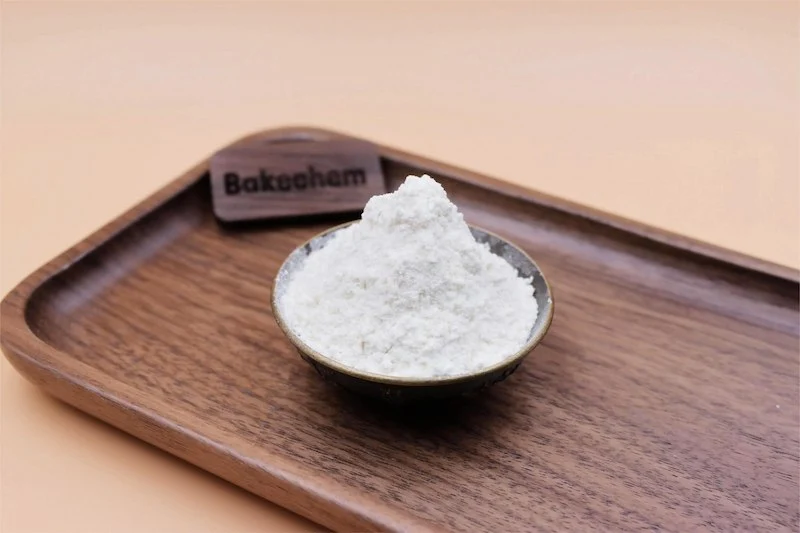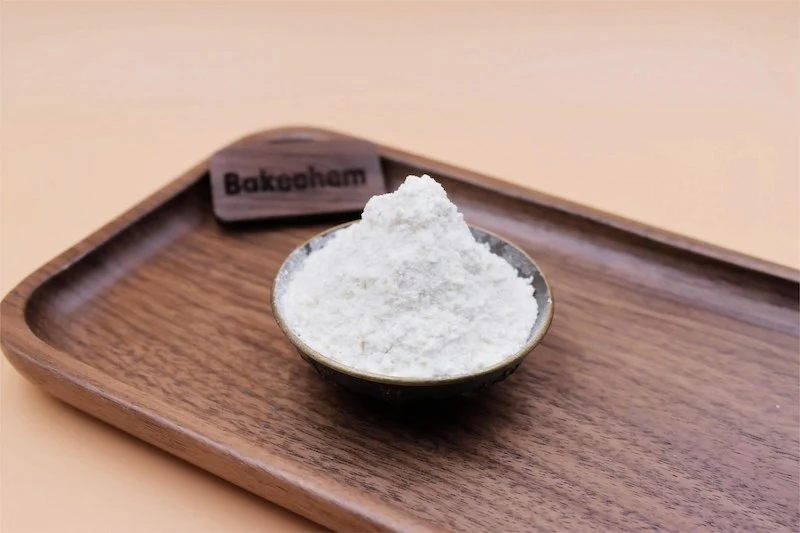What is E150a caramel?
CAS 8028-89-5 refers to a family of caramel colors rather than a single substance. These caramel colors are created through the controlled heat treatment of food-grade carbohydrates, such as glucose and sucrose. The process involves heating these sugars to achieve varying shades of yellow, brown, and red, resulting in a versatile coloring agent commonly used in the food and beverage industry. In the European Union numbering system for food additives, these caramel colors are designated with the E number E150.
Food Coloring Caramel Uses
Caramel colors are among the most widely used food colorings globally, valued for their ability to impart a range of hues and enhance both flavor and aroma. Here are some key applications of E150 coloring:
Food Coloring Caramel for Beverages:
Colas and Soft Drinks: Caramel color,one of the natural preservatives for drinks, is essential in providing the characteristic dark hue of colas and many other soft drinks.
Beers: It is used to standardize the color of beers, particularly dark ales and stouts.
Food Coloring Caramel for Bakery Products:
Cookies, Breads, and Pastries: In baking additives, caramel color helps achieve a consistent and appealing brown color, enhancing the visual appeal of products.
Food Coloring Caramel for Sauces:
Soy Sauce and Barbecue Sauce: It contributes to the rich color and sometimes to the flavor profile of various sauces.
Food Coloring Caramel for Dairy Products:
Ice Creams and Yogurts: Caramel color is used to add attractive shades to dairy products, especially those with caramel or coffee flavors.
Food Coloring Caramel for Distilled Spirits:
Whiskeys and Some Rums: It is used to standardize the color of spirits, ensuring a consistent appearance that consumers expect.
Food Coloring Caramel Side Effects and Safety
Extensive research has been conducted on the safety of caramel colors, involving evaluations by major regulatory bodies such as the Joint FAO/WHO Expert Committee on Food Additives (JECFA) and the European Food Safety Authority (EFSA). These organizations generally consider caramel colors to be safe for consumption at typical intake levels. However, there are important distinctions and considerations to note regarding different classes of caramel colors.
Food Coloring Caramel Classes of Caramel Colors
Caramel colors are classified into four main classes based on the raw materials used and the specific processing methods:
Class I (Plain Caramel): Produced by heating carbohydrates with acids or bases, but without ammonium or sulfite compounds.
Class II (Caustic Sulfite Caramel): Produced with sulfite compounds but without ammonium compounds.
Class III (Ammonia Caramel): Produced with ammonium compounds but without sulfite compounds.
Class IV (Sulphite Ammonia Caramel): Produced with both ammonium and sulfite compounds.
Food Coloring Caramel Health Concerns
One concern that has been raised is related to Class IV caramel colors, specifically the presence of 4-methylimidazole (4-MEI), a byproduct formed during the production process. Studies have suggested that high levels of 4-MEI could potentially pose health risks, including carcinogenic effects in animal studies. However, regulatory bodies have assessed the typical intake levels of 4-MEI from food and beverages and found them to be very low, generally concluding that these levels are unlikely to pose a significant health risk to humans.
Food Coloring Caramel for Regulatory Oversight
Both the JECFA and the EFSA have established acceptable daily intake (ADI) levels for caramel colors, which are designed to ensure consumer safety. The ADI levels are based on comprehensive toxicological data and are set conservatively to account for lifetime exposure. These guidelines help manufacturers formulate products that are safe for consumption within these established limits.
Food Coloring Caramel Key Points
Versatility: CAS 8028-89-5 encompasses a variety of caramel colors, making it a versatile and widely used food additives and supplements.
Color and Flavor Enhancement: Beyond providing color, caramel colors can also enhance the flavor and aroma of various food and beverage products.
Safety: Regulatory bodies generally consider caramel colors to be safe for consumption in typical amounts. This includes extensive evaluations and the establishment of ADI levels.
Minimal Health Concerns: While there are some concerns regarding 4-MEI in Class IV caramel colors, the intake levels from food and beverage consumption are very low and are not considered to pose significant health risks.
Caramel color (E150), represented by CAS 8028-89-5, is a critical additive in the food and beverage industry, used to enhance the appearance, flavor, and aroma of a wide range of products. The various classes of caramel colors cater to different manufacturing needs and applications, ensuring versatility and consistency. Extensive research and regulatory oversight confirm that caramel colors are generally safe for consumption at typical intake levels, although it is important to remain informed about specific considerations such as the presence of 4-MEI in certain classes. Overall, when used within regulatory guidelines, caramel colors provide significant benefits without posing notable health risks.

